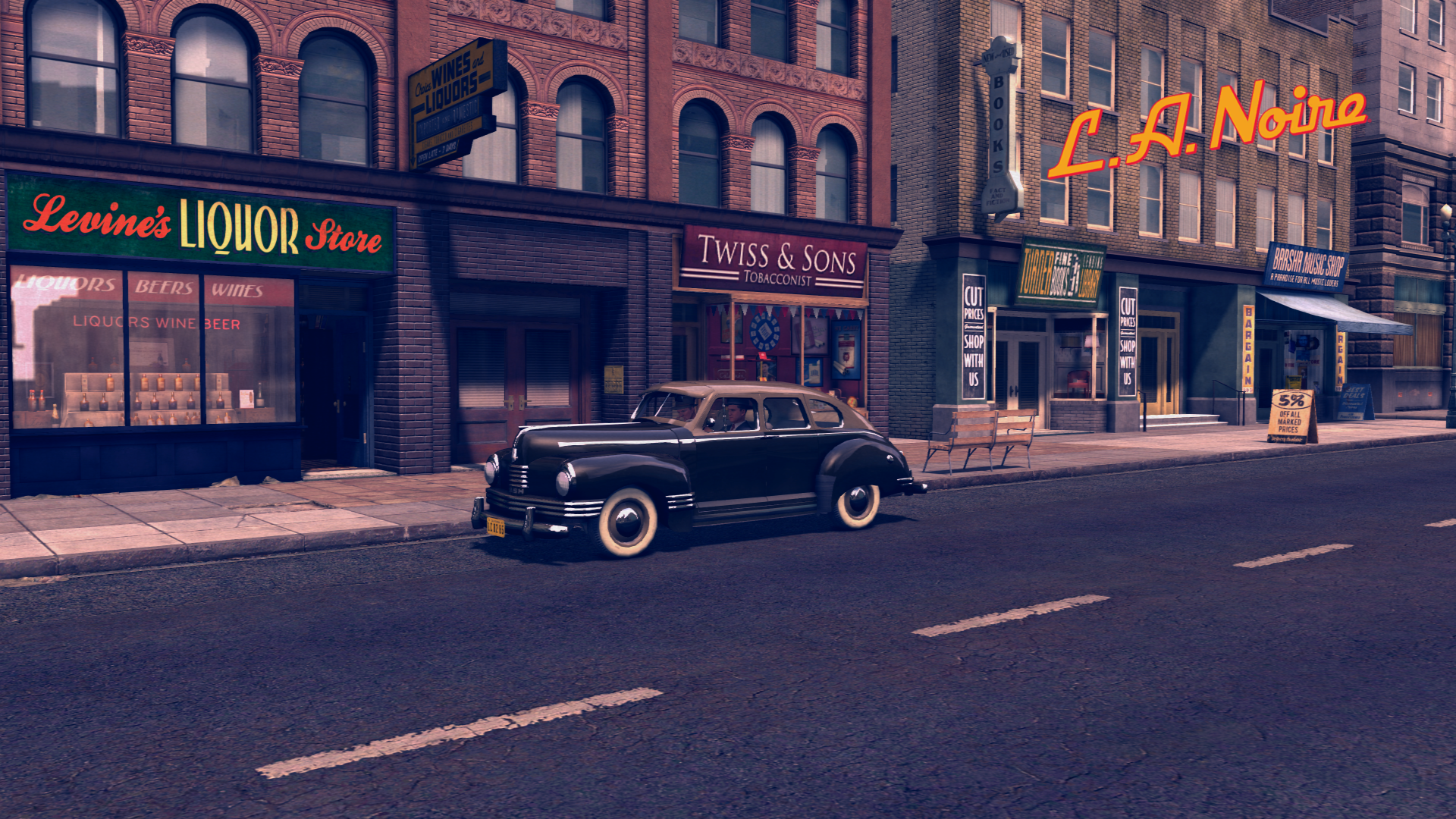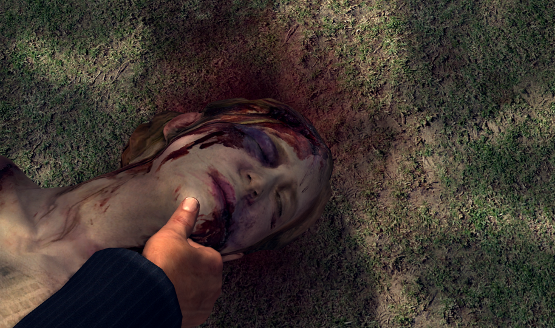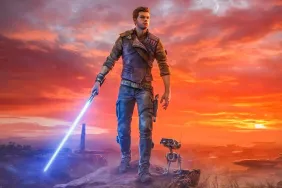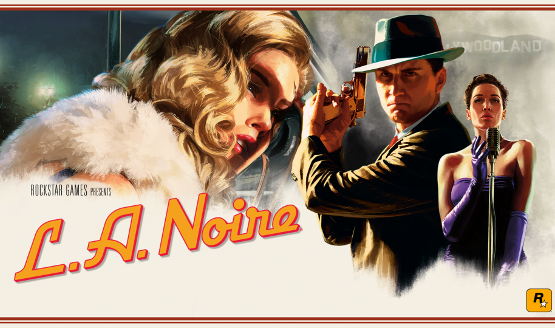
It’s been quite a while since we last saw Cole Phelps, investigator for the LAPD in 2011’s hit L.A. Noire. While he hasn’t been up to anything new since the game and its various expansions launched, his adventures have been ported on over to the PlayStation 4. Is this a remaster that is worth your time and cash? This is the case before us for this review.
Going Back 70 Years
For those who may have forgotten, L.A. Noire takes place in 1947 Los Angeles. According to publisher Rockstar Games’ own estimates, 90% of the game’s buildings have been faithfully recreated from photographs and on-site visits to the historic City of Angels. The result was a breathtaking virtual museum of sorts, one where players could navigate by landmark if they knew the city and its history well enough. None of that has changed this time around, with a wider field of view and increased draw distance simply allowing the player to take in more of the painstaking work in at a time.
Audio work in the original game was charming, with excellent voiceovers and period music that could really take you back to the post-war mood of Los Angeles. Nothing noteworthy has been done in this release, though there wasn’t much to be done in the first place. L.A. Noire offers at least 7.1 surround sound, and once a free roam mode is unlocked, it becomes easy to cruise around the city, taking in the local radio stations and watching life pass by in this faithful recreation of late-40’s Los Angeles.
The original launch was an impressive feat for the PlayStation 3, and the game holds up very well against the new port. L.A. Noire runs in 1080p on a base model PS4, and 4K on the PS4 Pro. The frame rate does not appear to have been targeted for this release. This could be a stylistic choice to maintain the cinematic look and feel to the game. The result is that draw distance has been increased noticeably, with less fog used to hide game assets. Crepuscular, or “god” rays, have been introduced as well. These add to the atmosphere of an old, dreary bar, or dusty, abandoned apartment. There are, however, some odd issues with the lighting at night on the streets as cars pass by, perhaps as a result of the new rays attempting to show themselves in the night.
Slight Tweak, Odd Implications
Another area that has been tweaked for this release of L.A. Noire is the interrogation system. Instead of choosing between “Truth,” “Doubt,” and “Lie,” Phelps’ choices are “Good Cop,” “Bad Cop,” and “Accuse.” This was apparently done to better show what Phelps is thinking while talking to a suspect or witness, and it works, but kind of makes Phelps appear as slightly bi-polar, as he now plays both the good cop, friendly and non-confrontational one minute, and then he becomes the bad cop—a yelling, arguing, and even downright mean interrogator the next. While he did this in the original, his motives were that he was doubting a suspect. With these new labels, it’s almost like Phelps is more worried about a conviction than anything else, like some members of his less scrupulous cohort. Sure, his actual words and actions haven’t changed, but they take on a new light with these labels.
Driving was always a sore spot in L.A. Noire, though cars in the ‘40s were tougher to drive than today’s average vehicle—no computer-controlled ABS, TCS, or any of the other acronymic assists we take for granted these days. As such, driving around Los Angeles takes some time to get used to, but the city does boast several dozen different types of automobiles to get behind the wheel of. New to this port is that the chrome trim on a car will vary from disappointingly dull to blindingly bright, based on the neighborhood in which it is found. The patrol/detective car is the most useful, however. Since this is the 1940s, the only way to talk to the LAPD headquarters is through the radio in the car, or through hardwired phones peppered throughout the city, since mobile phones were not even a concept during this time!
L.A. Noire’s facial capture technology, known as MotionScan, was impressive by 2011’s standards. Six years later, it is still a great thing to witness. It’s usually easy to tell when a suspect is lying, or hiding something, as you watch their expression change to a wince, or their eyes dart to look anywhere but at the Detective sitting in front of them. It’s all done without blatant gamification, though Phelps can use an Intuition system to eliminate a choice, or see what other players chose in an attempt to ask the right questions or to accuse a suspect at the proper time.
Obligatory Photo Mode
In terms of content, this version of L.A. Noire is the complete package. So you get the 20 or so hours of the main campaign, plus an extra 5-10 hours in the included DLC, and of course the 40 side missions/street crimes. Your $40 will go a long way with this release. For the collectors/trophy hunters, there are a few new things to find as well. Eight novels can be found in certain locations, as well as twenty records. You know, those large vinyl records popular in the ‘40s? Polyvinyl chloride circles, “pieces of vinyl” 12 inches in diameter? The progenitor of modern music? They pre-dated the 8-track, which pre-dated cassettes. You know, tapes? Which pre-dated CDs? Which…oh, forget it.
It seems with any remaster or re-release, a photo mode is a necessity. One is present here, though there are a few odd quirks with it. The camera stays limited to only a few degrees left or right of Phelps. There area handful of filters to choose from, and FOV can also be modified. This mode is also entirely inaccessible if the game is launched with HDR enabled on the PS4. This might be done to ensure colors in screenshots are reproduced faithfully no matter the display they end up on, but screenshots are even denied from being taken when trophies are earned if HDR is on while playing. This is a disappointing limitation, and it also means that you’ll need to decide if you desire extra contrast, or being able to share your favorite moments more easily. Cutscenes are also strictly prohibited from being recorded, at least when using the PS4’s built-in video recording functionality.
L.A. Noire remains the best detective game around. Combing crime scenes, interrogating suspects, and catching them in lies with evidence to back up accusations is just as rewarding as ever. This port has allowed the game to age a little better than the original, however, it doesn’t look like a massive upgrade was made in terms of graphics. The included photo mode is also welcome, but it has some odd limitations that may prove frustrating. Still, if you missed the original, or want the entire experience all over again in up to 4K resolution, then it’s worth the asking price of $39.99.
L.A. Noire review copy provided by publisher. Version 1.01 reviewed on a PS4 Pro. For more information on review scores, please read our Review Policy.
-
Assets have been sharpened up to 4K
-
Includes all previously-released content
-
Even more collectibles to find
-
Graphics don't look too improved
-
Interrogation labels are odd
-
Strange photo mode restrictions
L.A. Noire Review (PS4)
-
La Noire Review 01
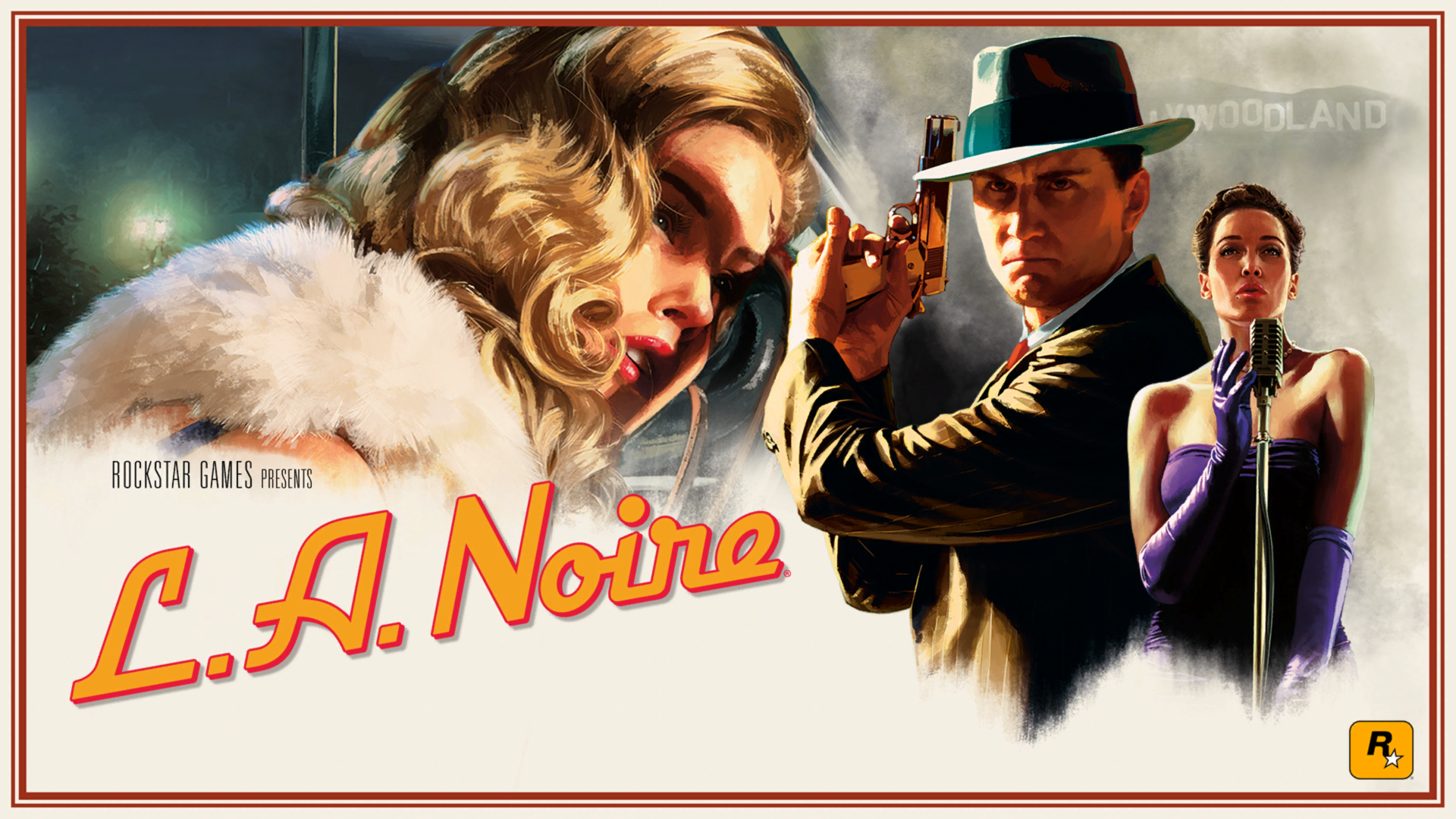
-
La Noire Review 02
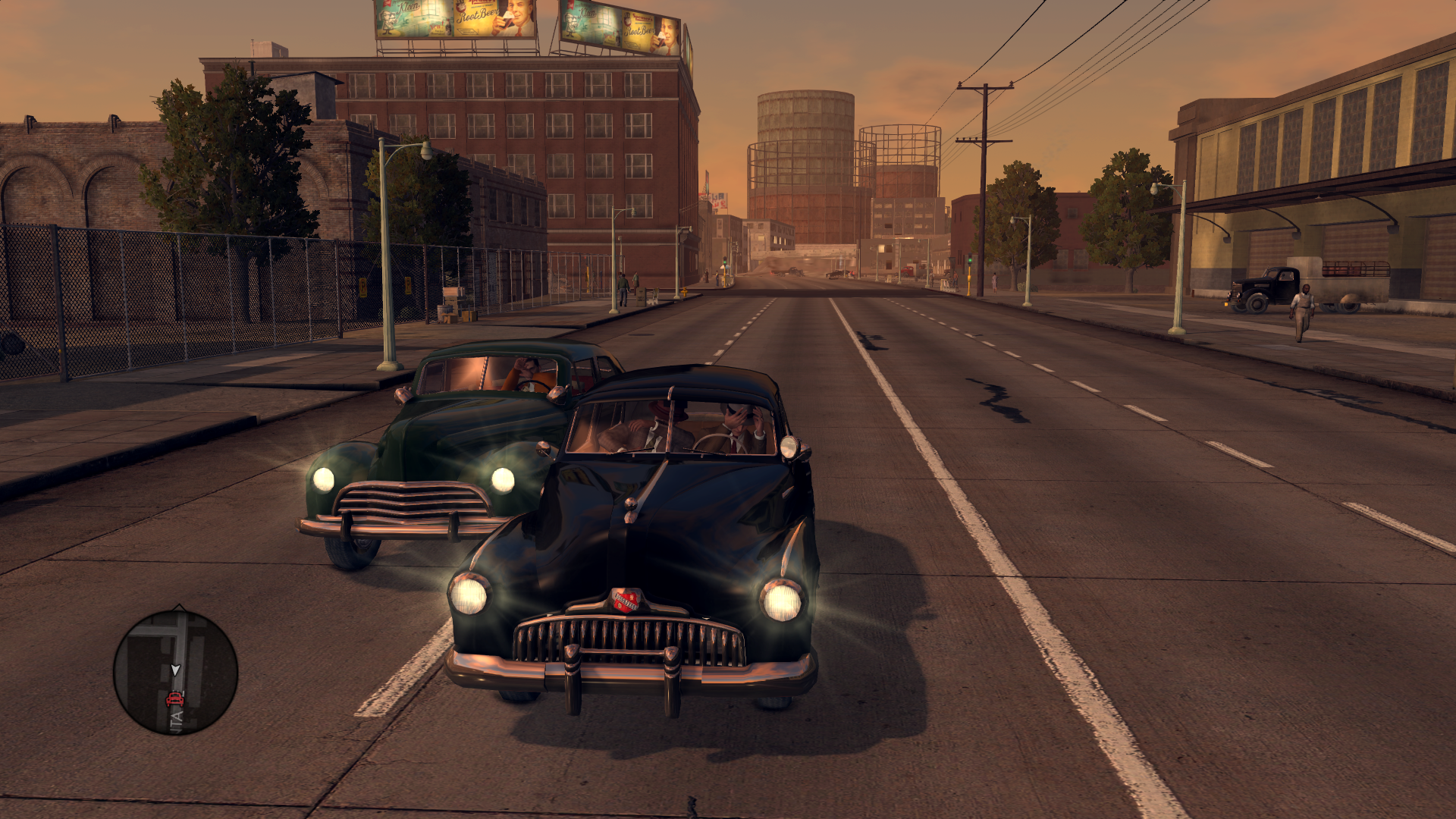
-
La Noire Review 03
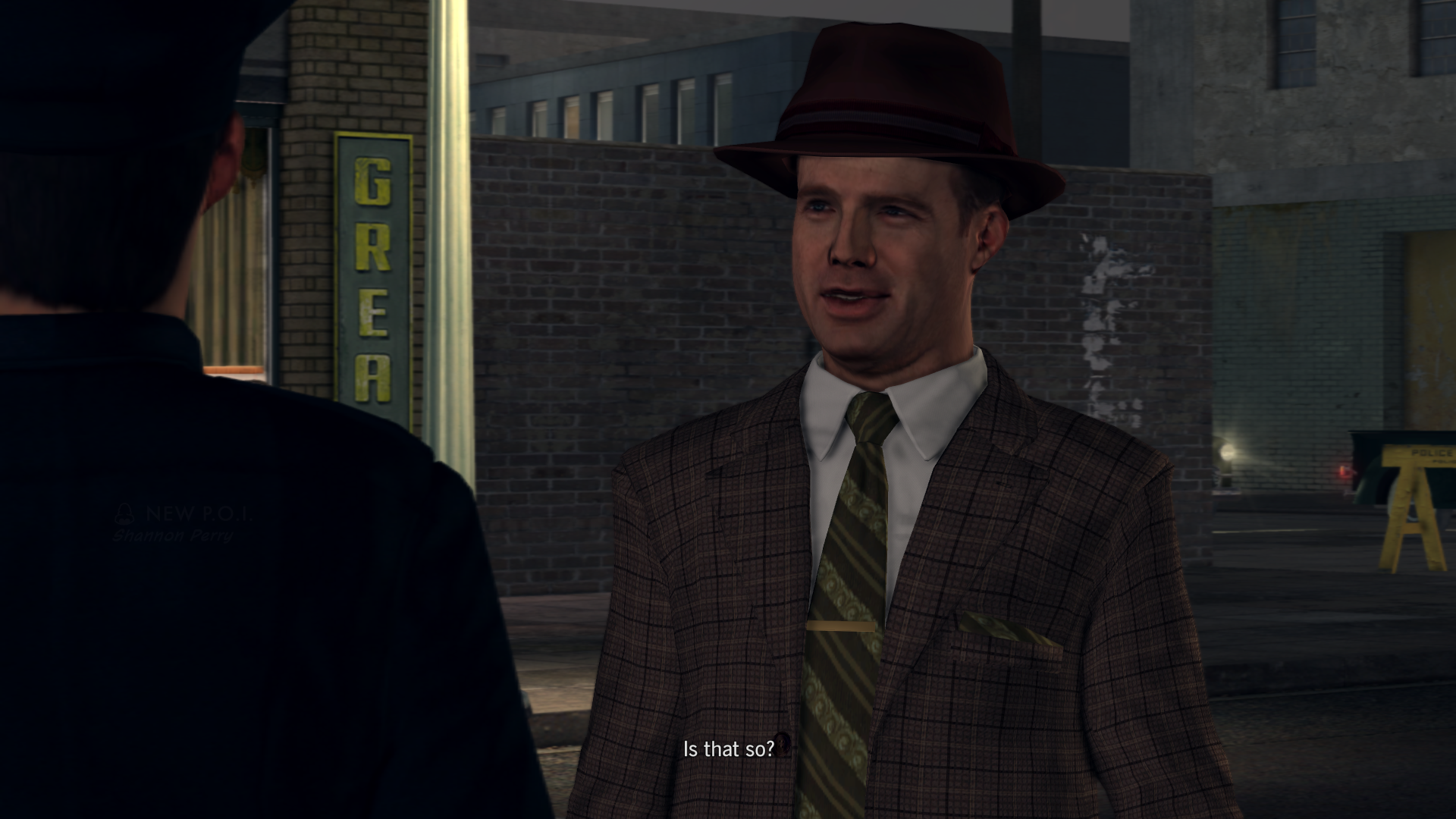
-
La Noire Review 04
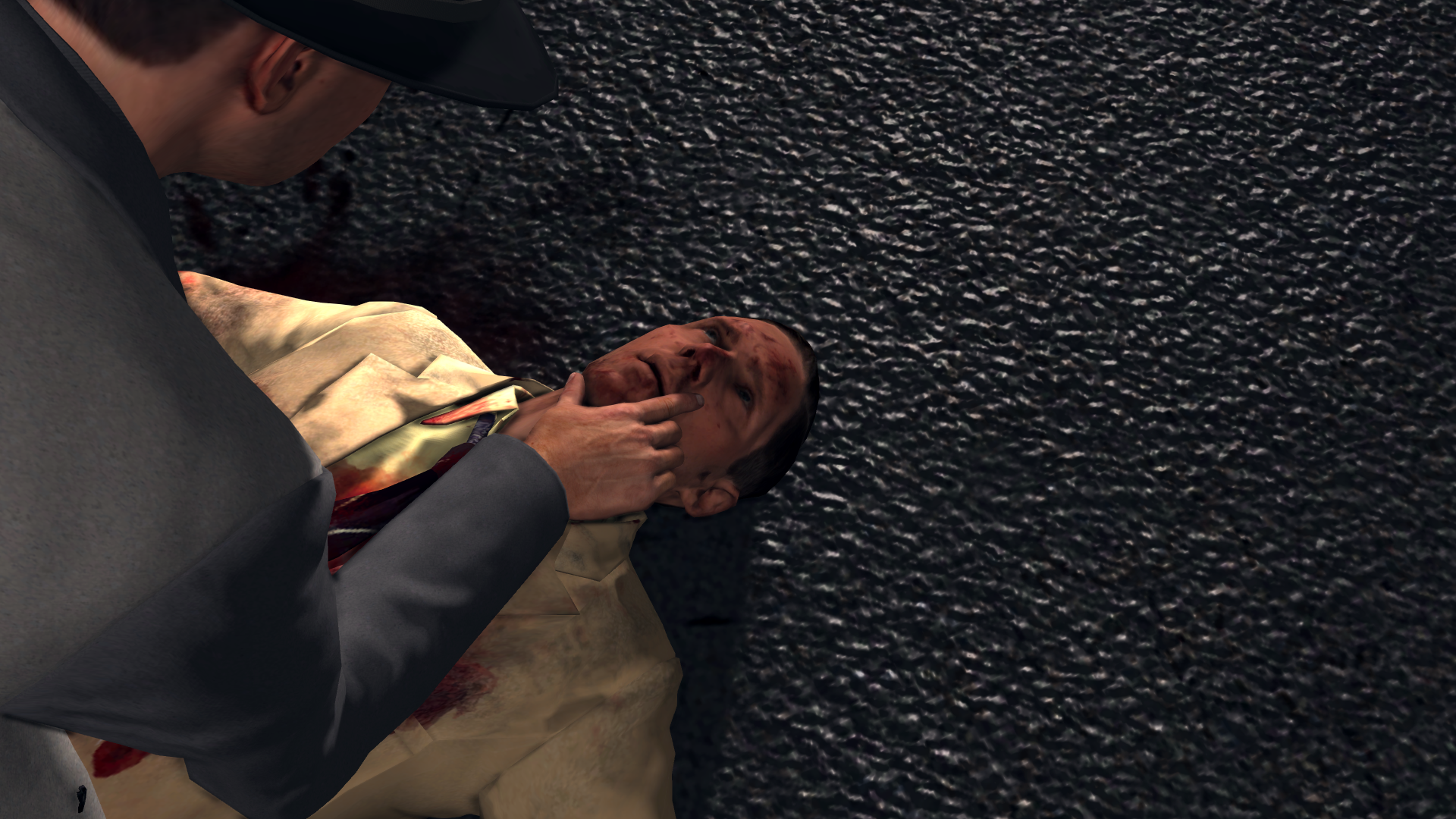
-
La Noire Review 05
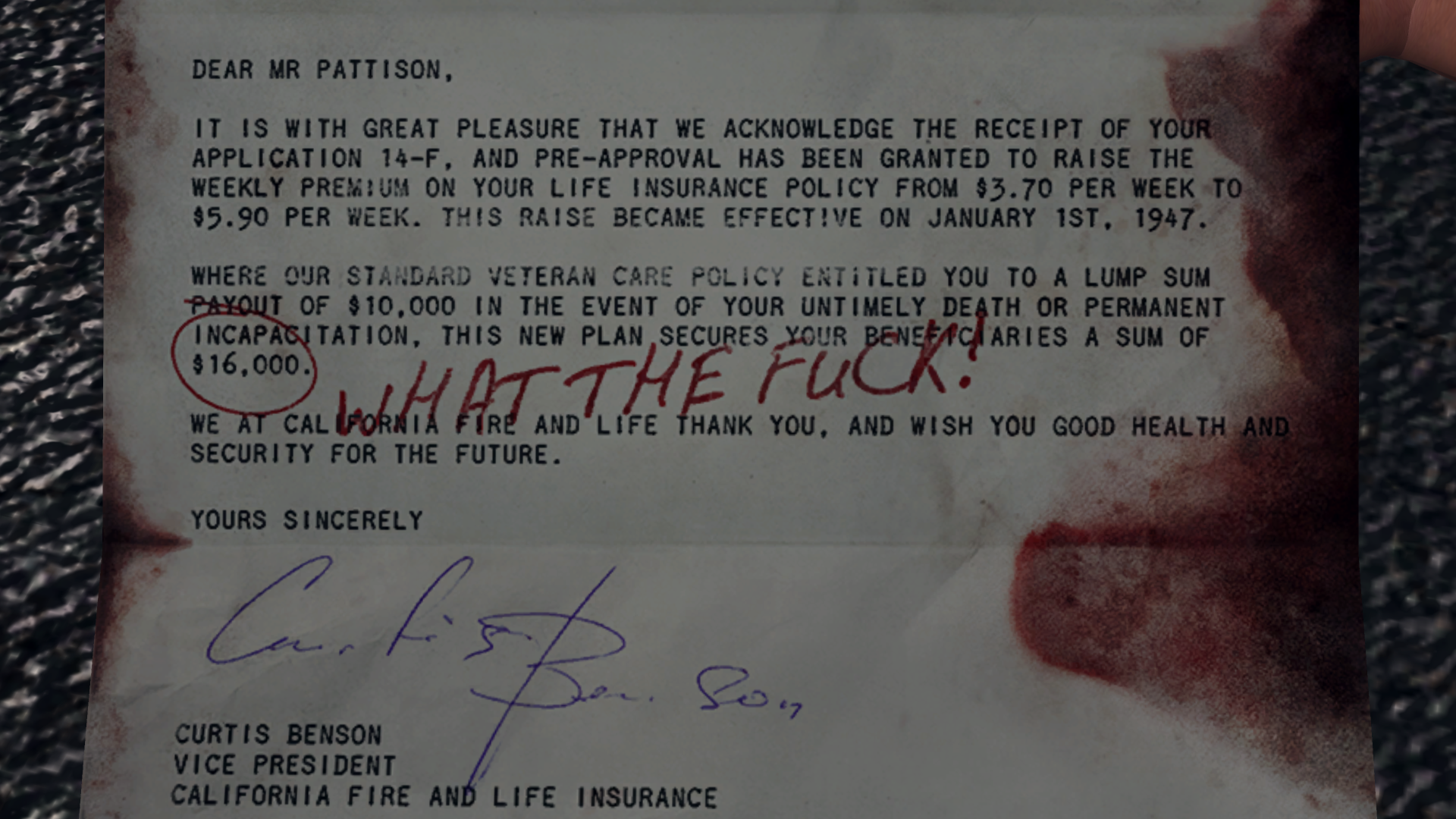
-
La Noire Review 06
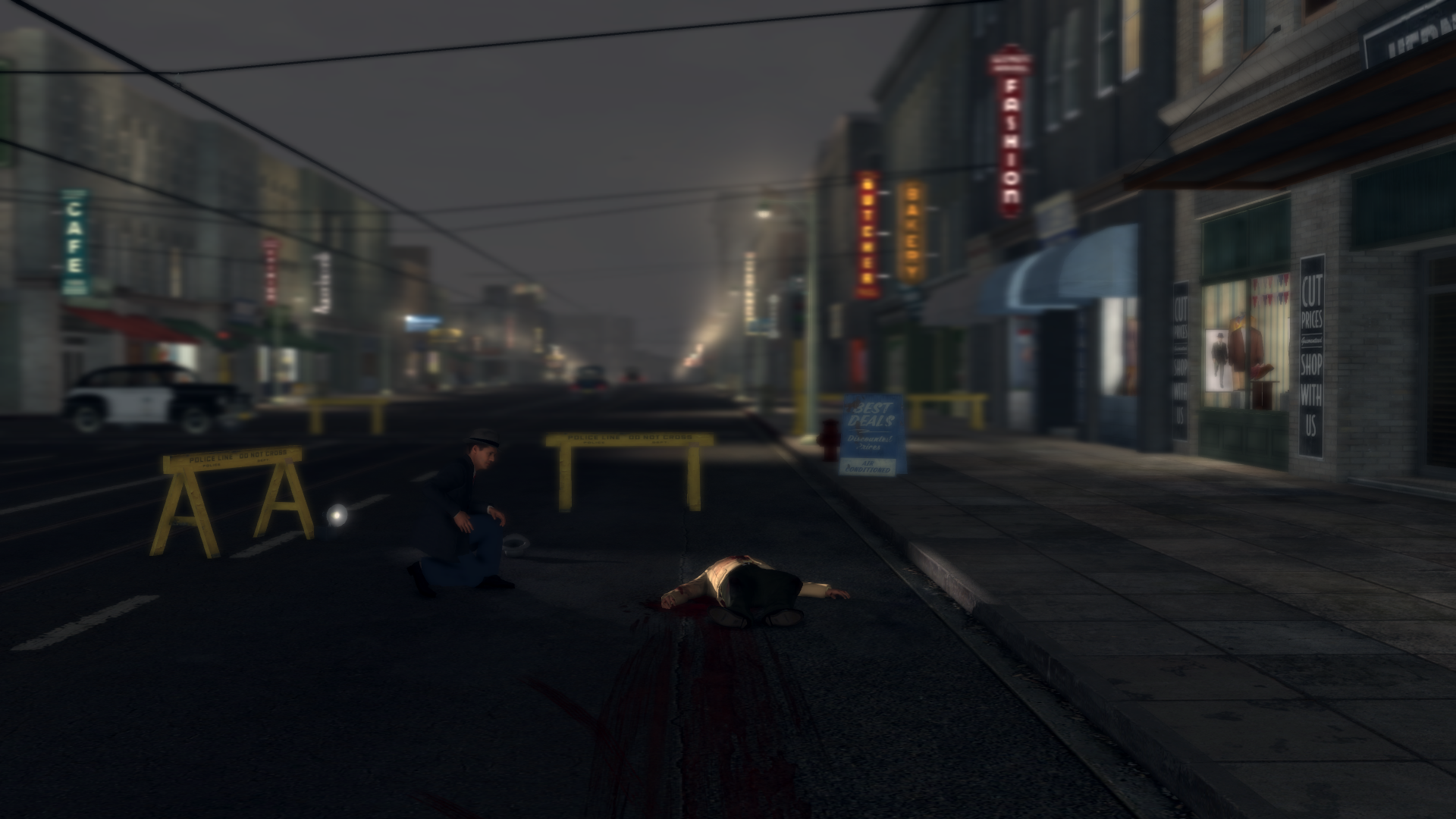
-
La Noire Review 07
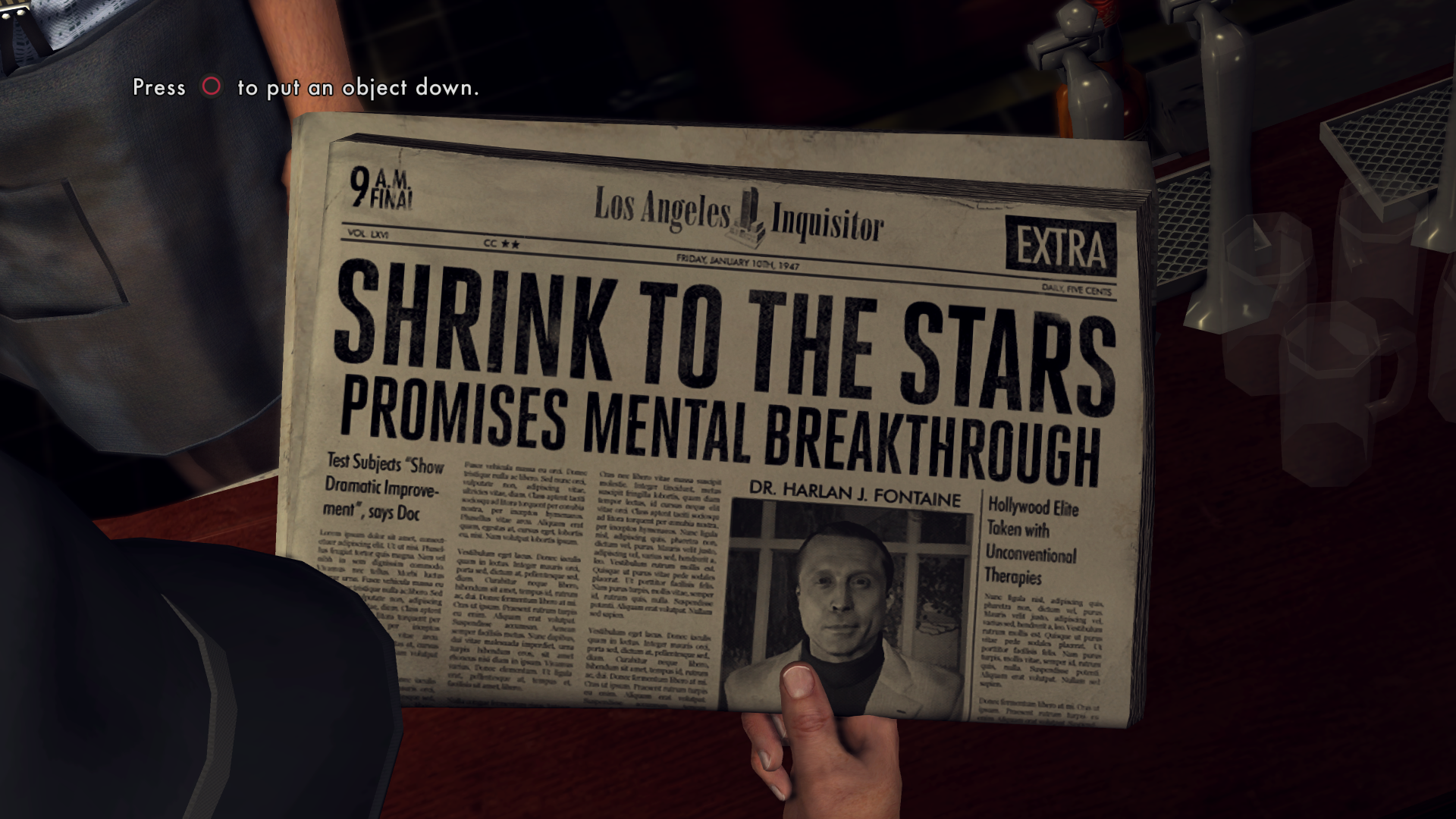
-
La Noire Review 08
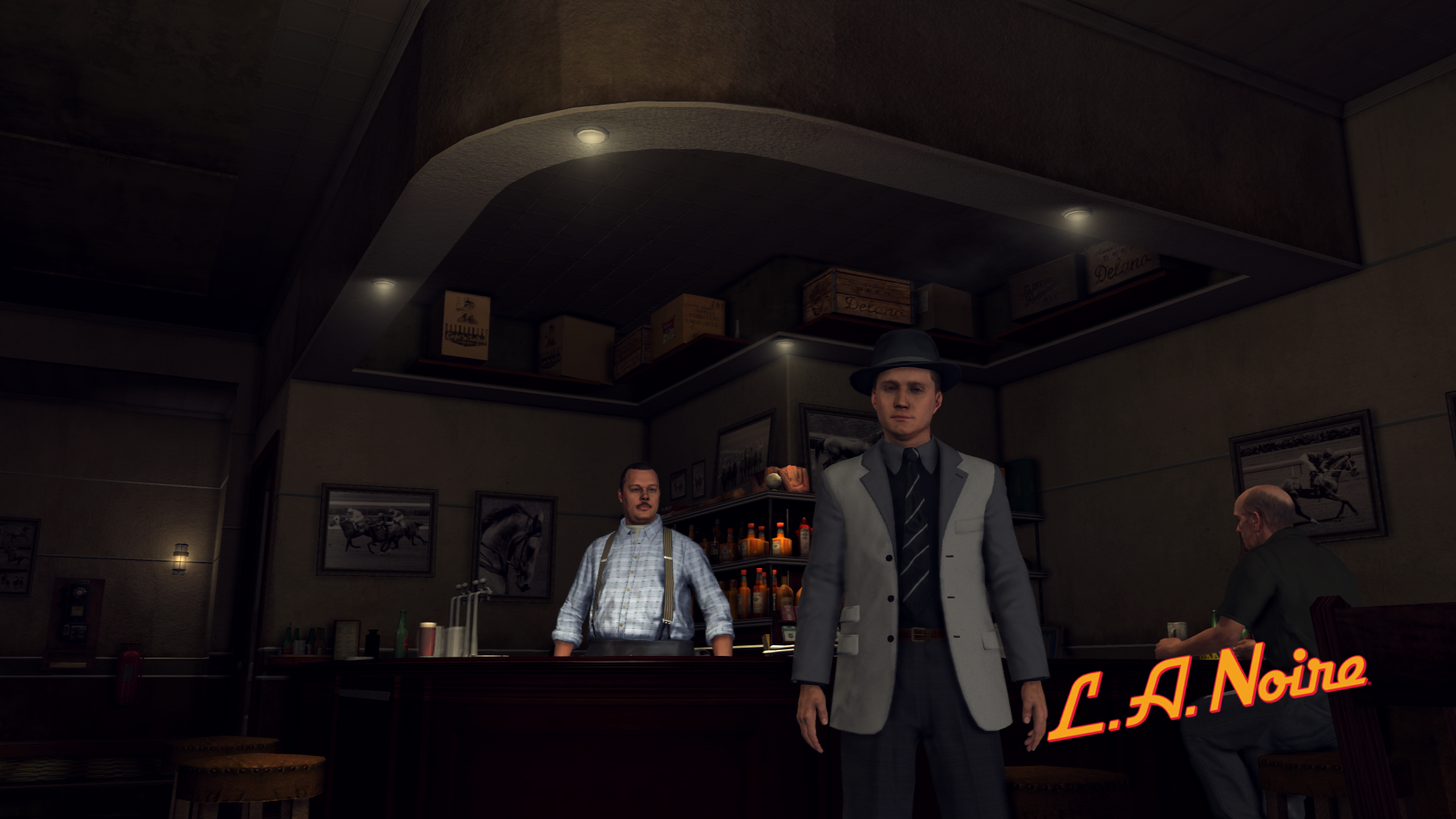
-
La Noire Review 09
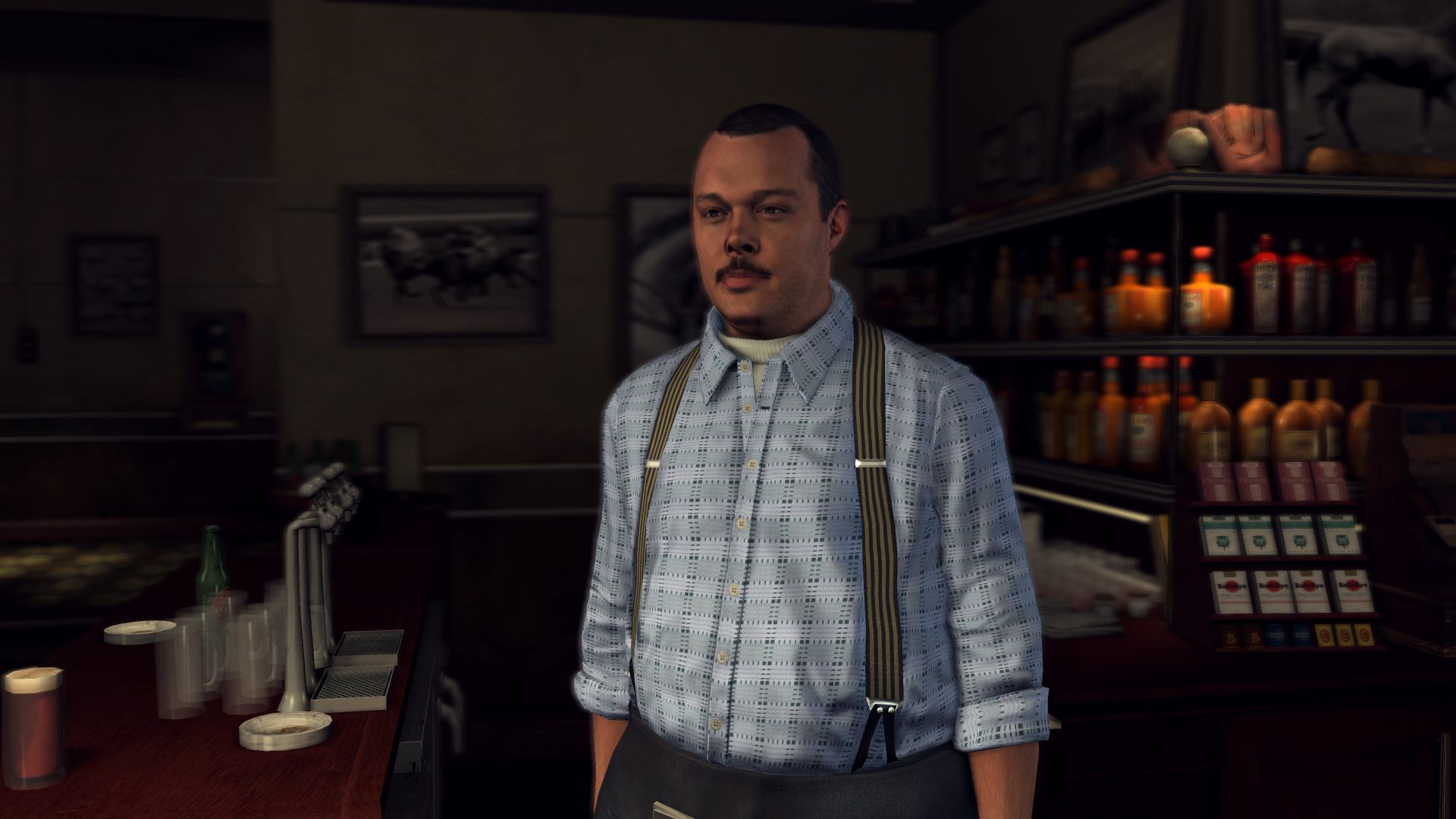
-
La Noire Review 10
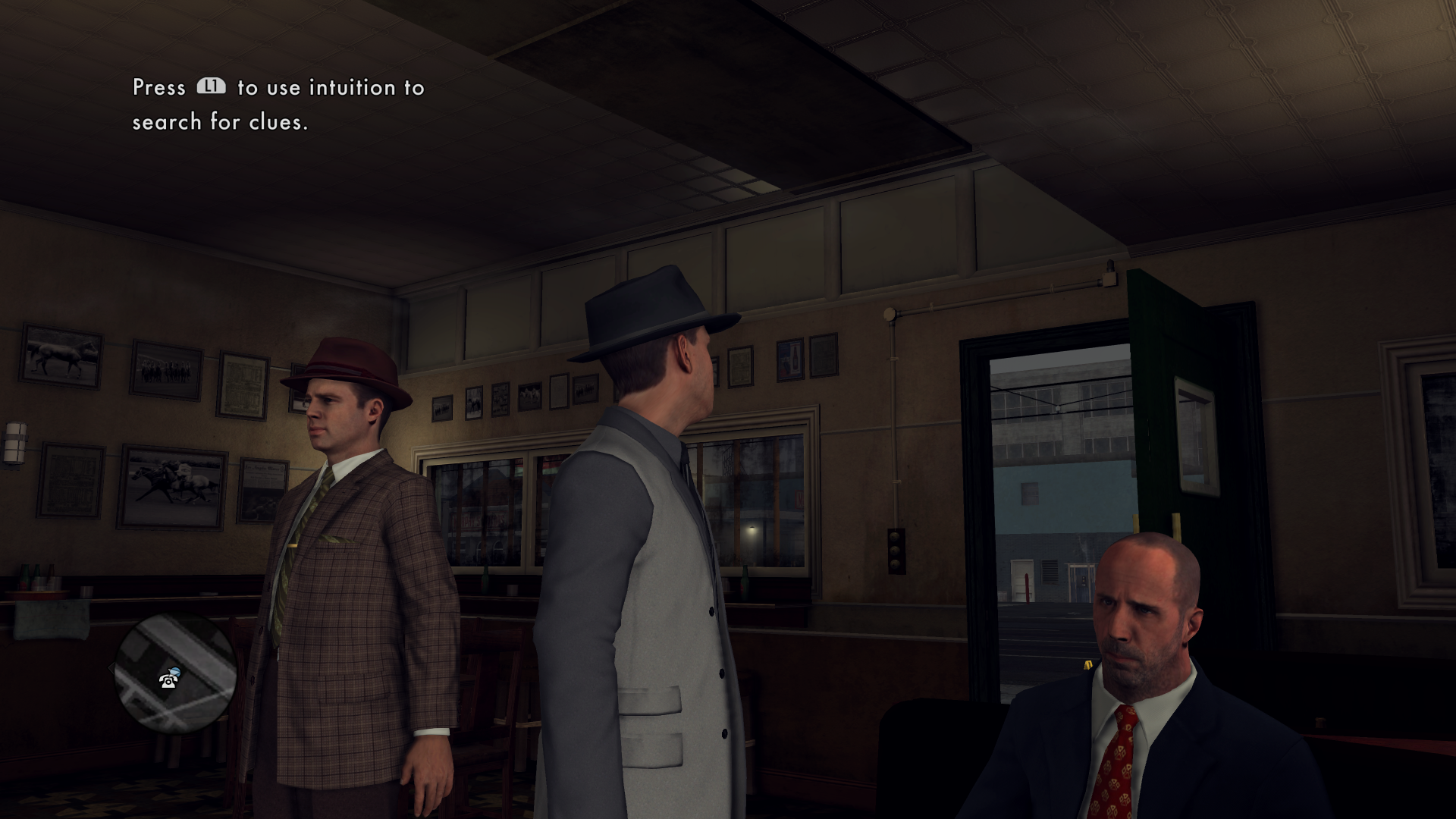
-
La Noire Review 11
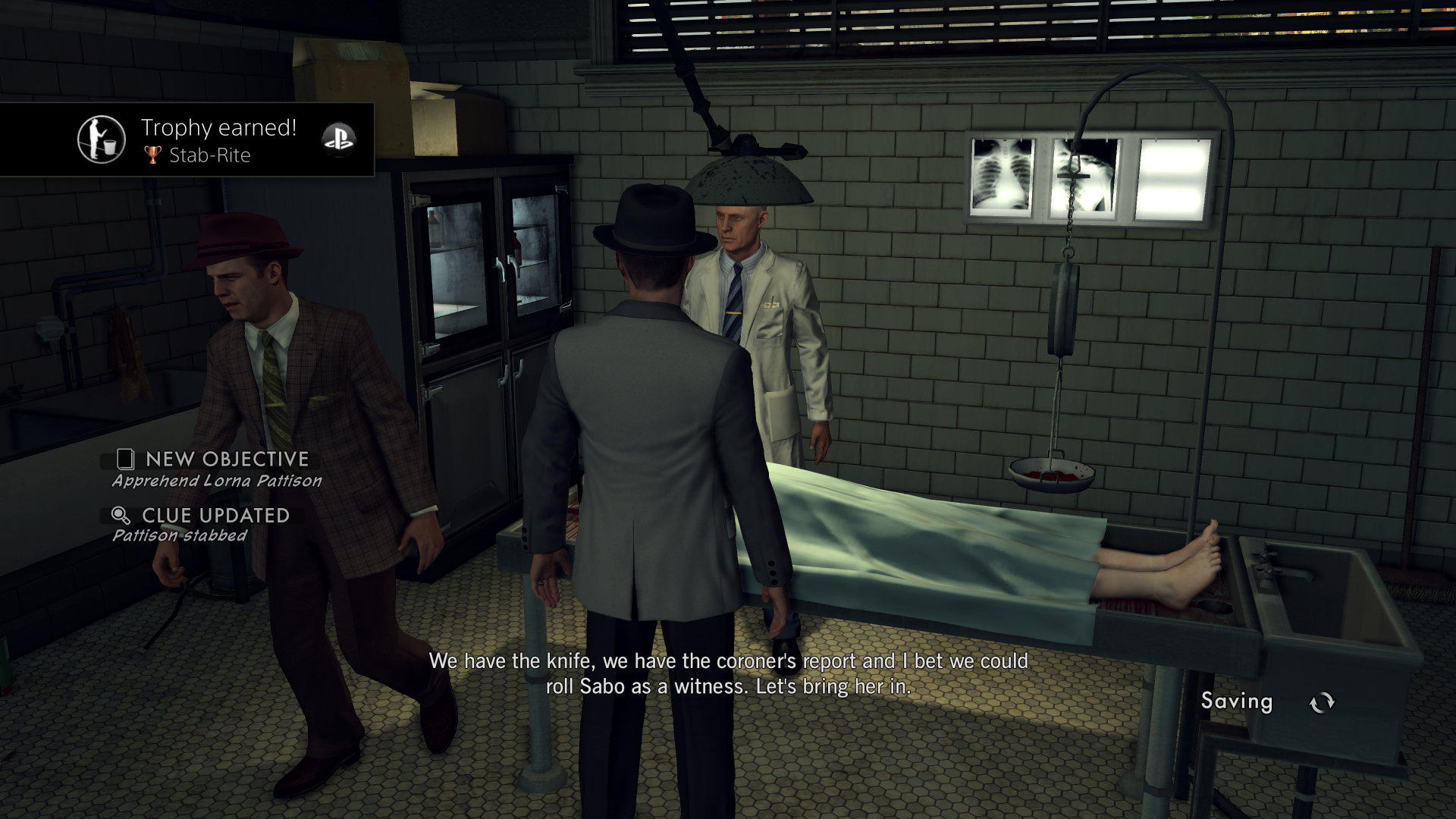
-
La Noire Review 12
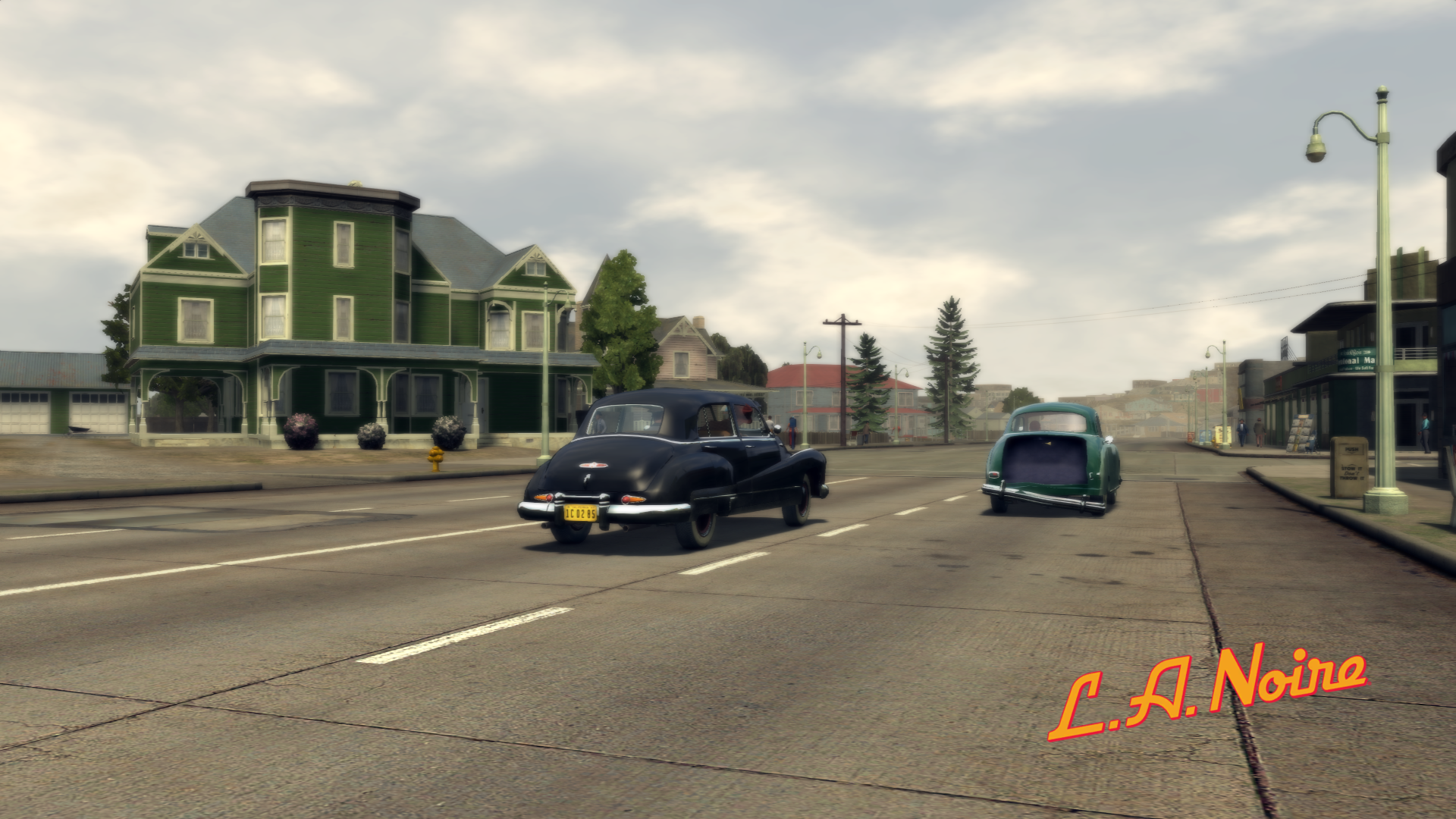
-
La Noire Review 13

-
La Noire Review 14

-
La Noire Review 15

-
La Noire Review 16

-
La Noire Review 17
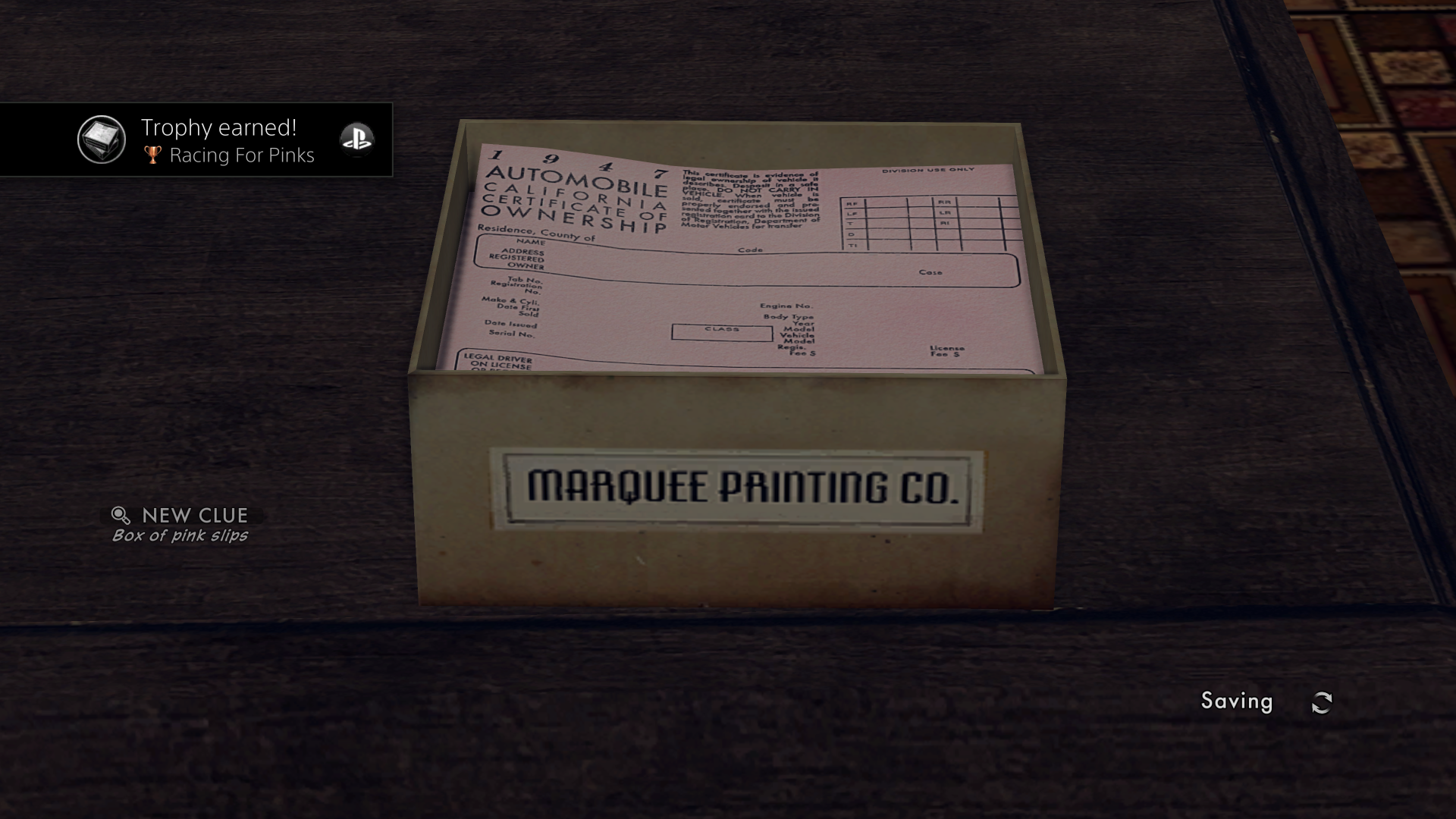
-
La Noire Review 18
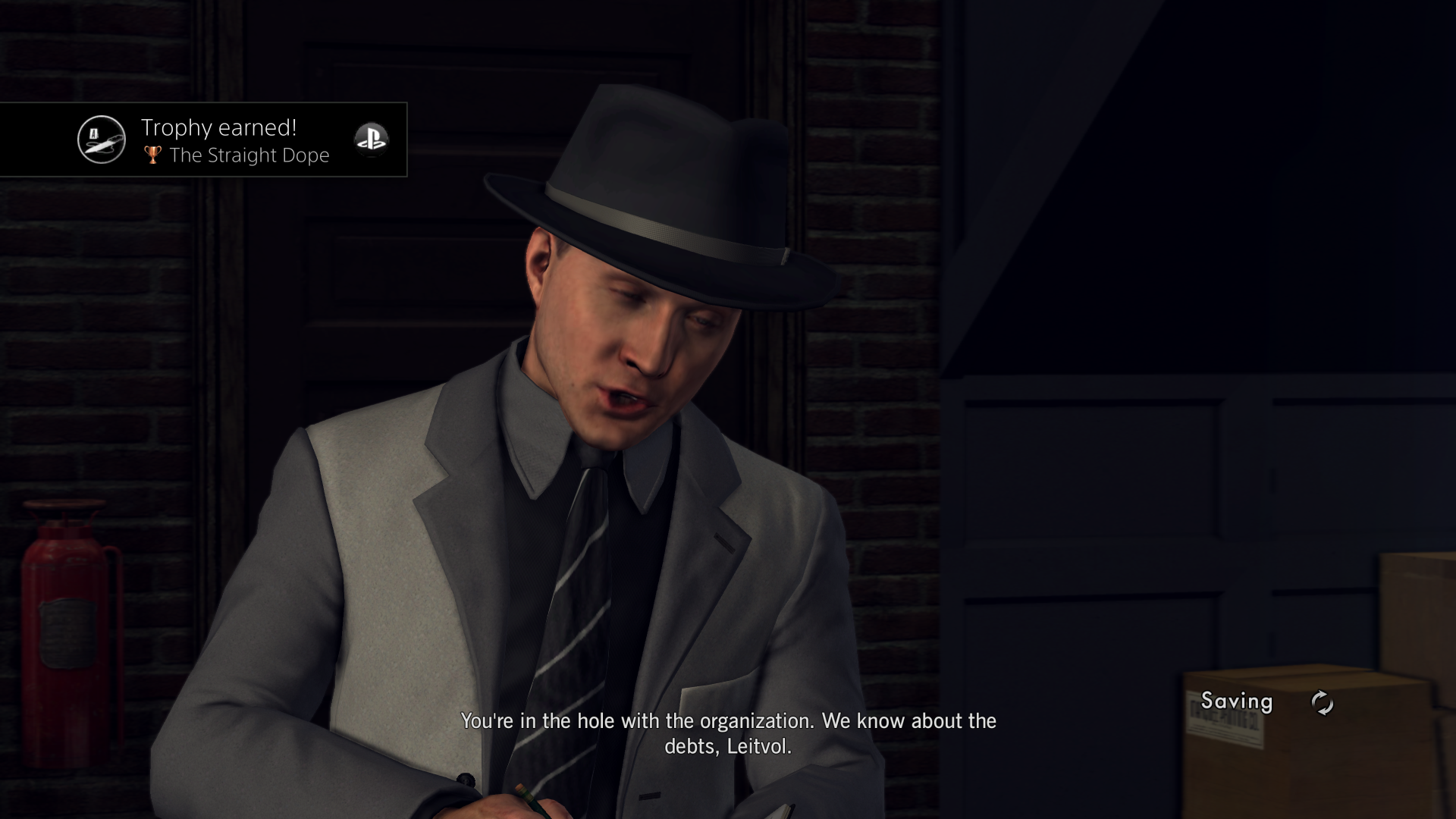
-
La Noire Review 20

-
La Noire Review 21
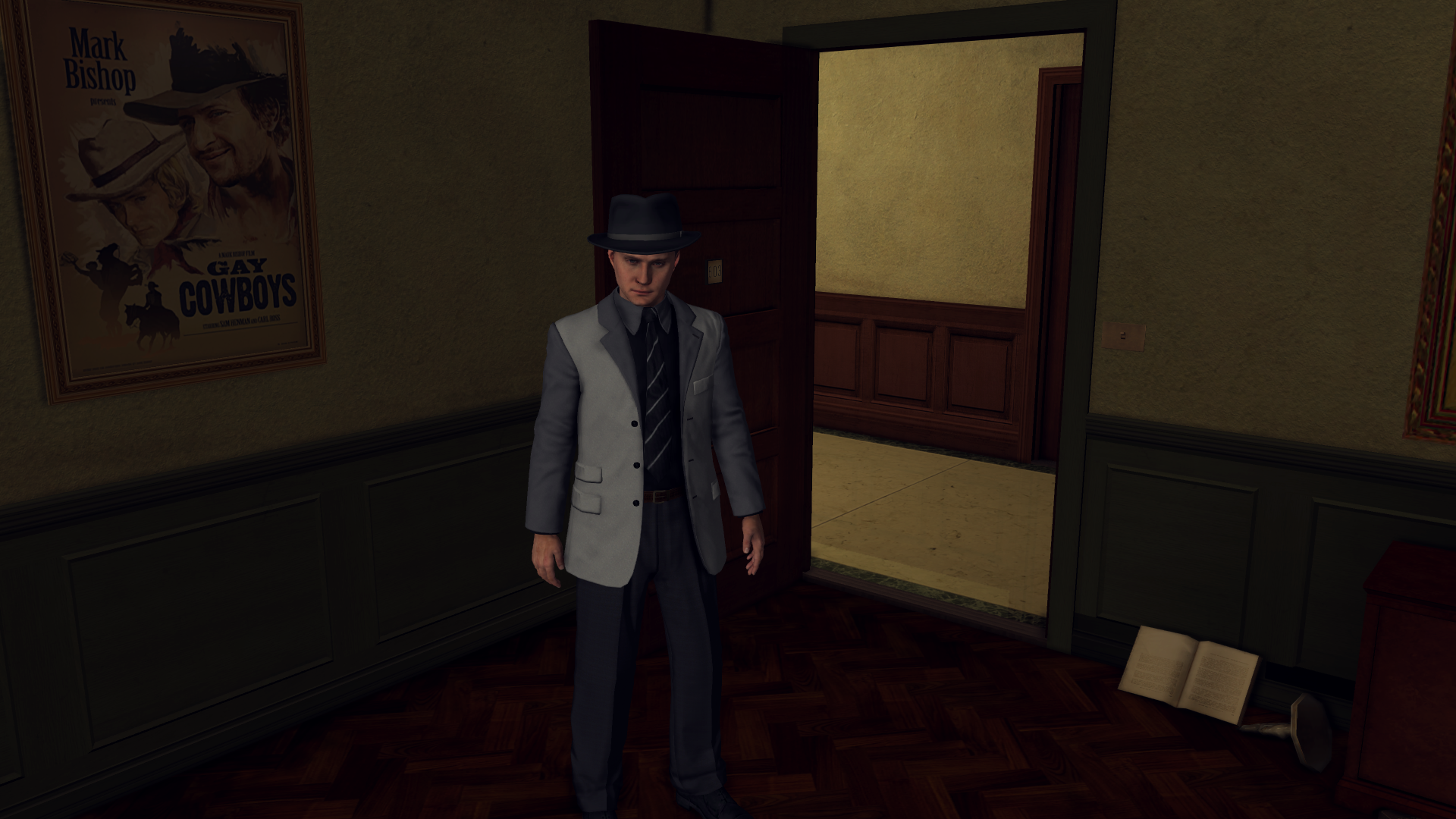
-
La Noire Review 22
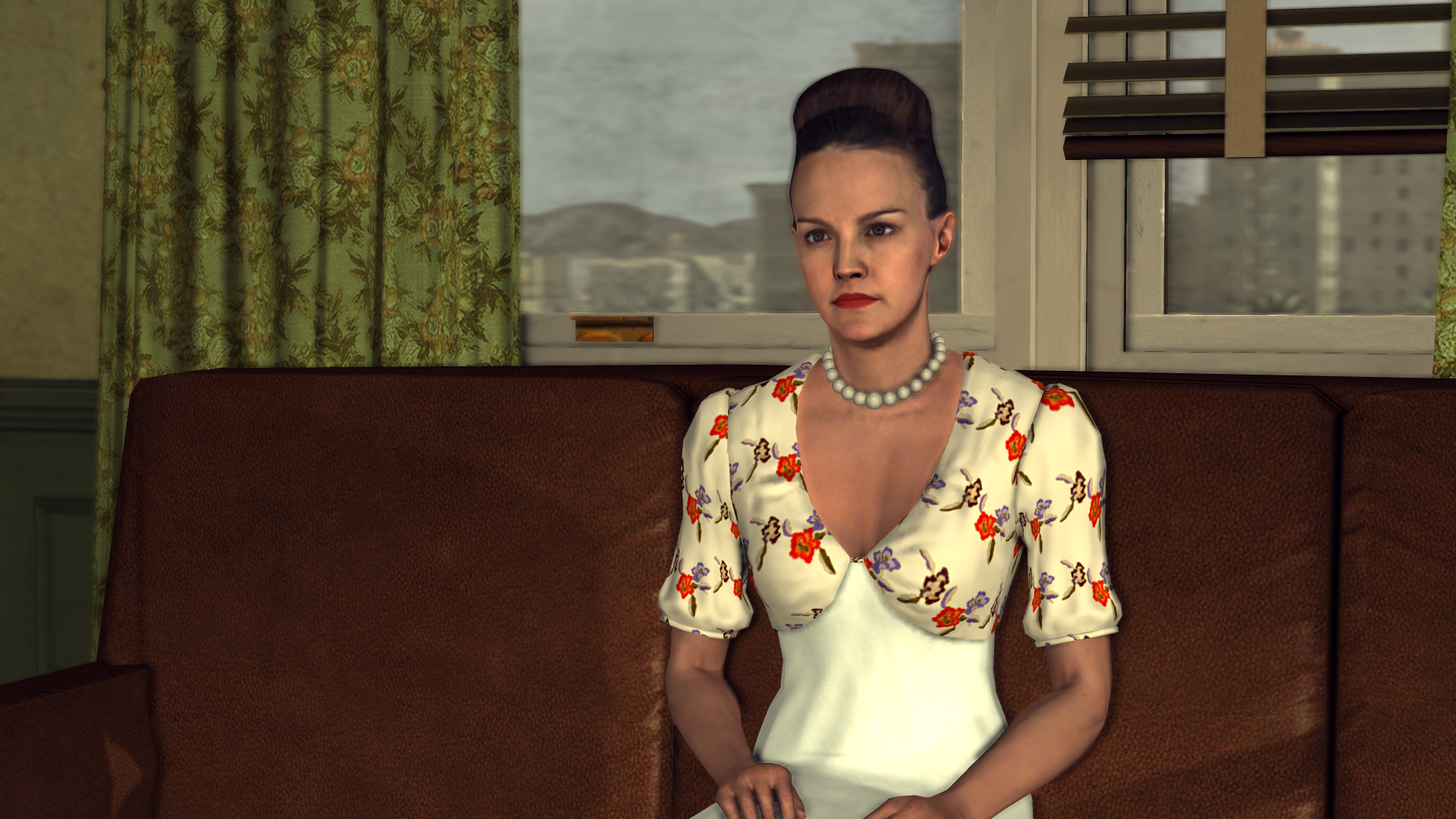
-
La Noire Review 23

-
La Noire Review 24
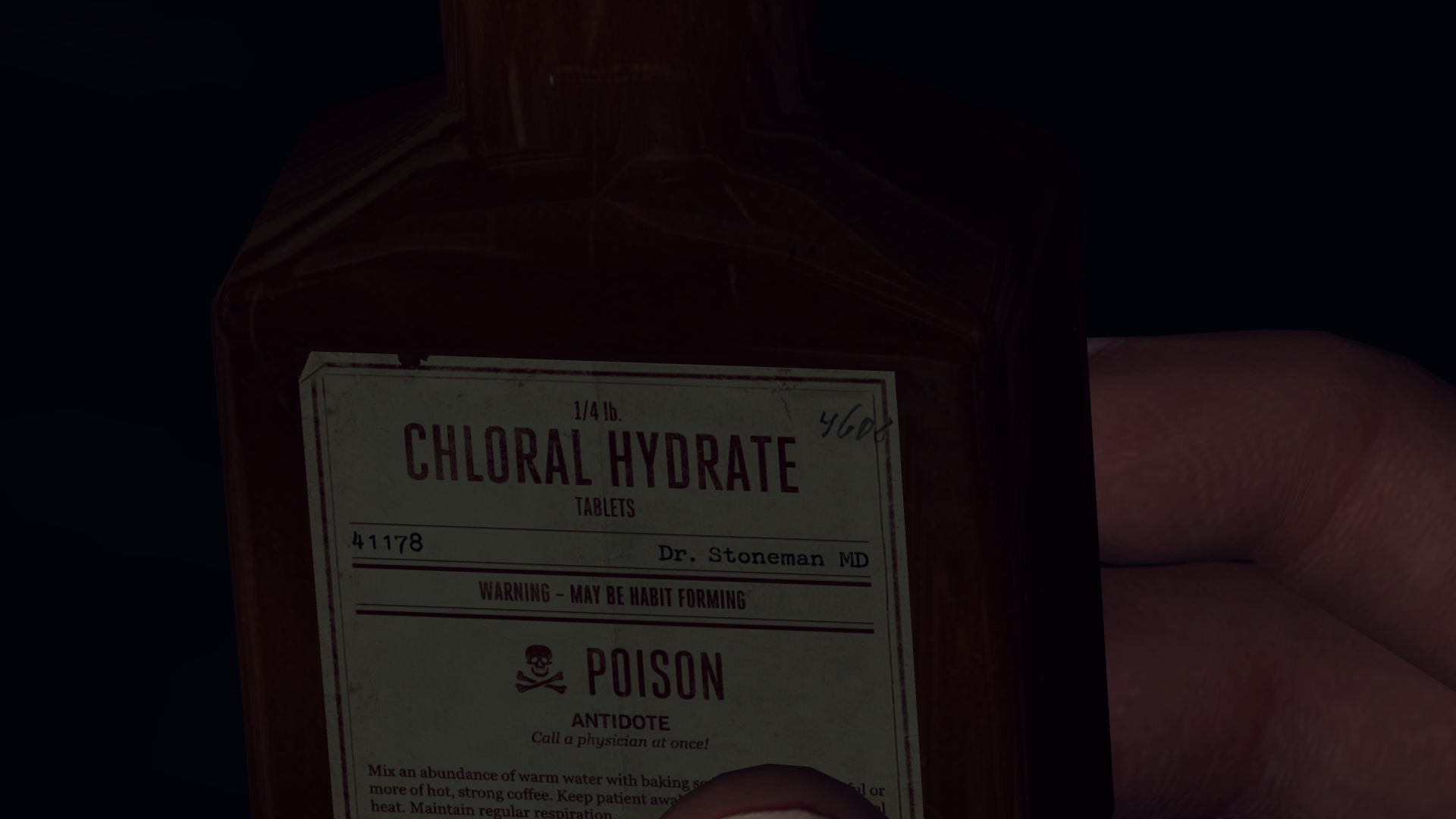
-
La Noire Review 25

-
La Noire Review 26

-
La Noire Review 27

-
La Noire Review 28

-
La Noire Review 29
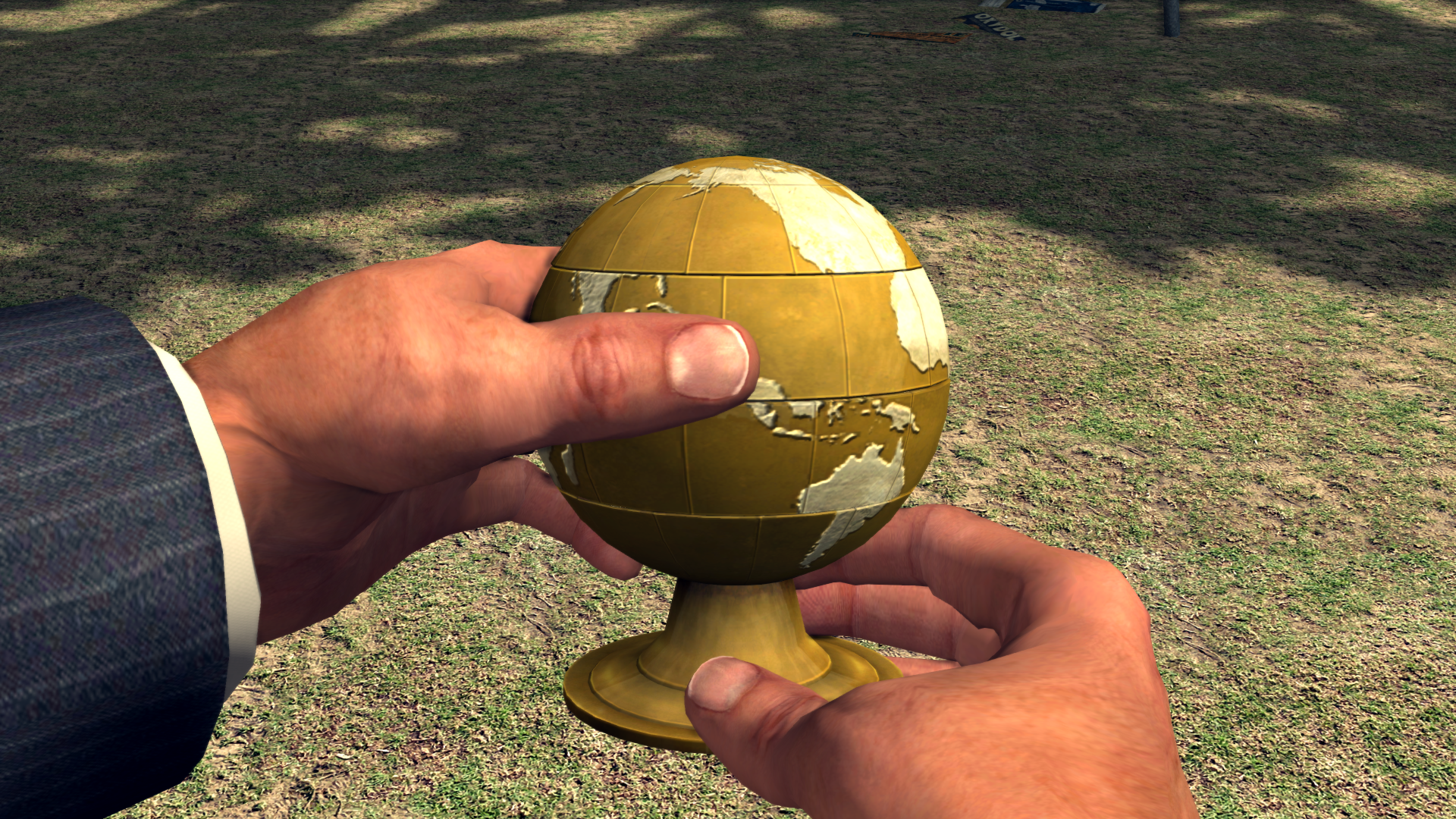
-
La Noire Review 30
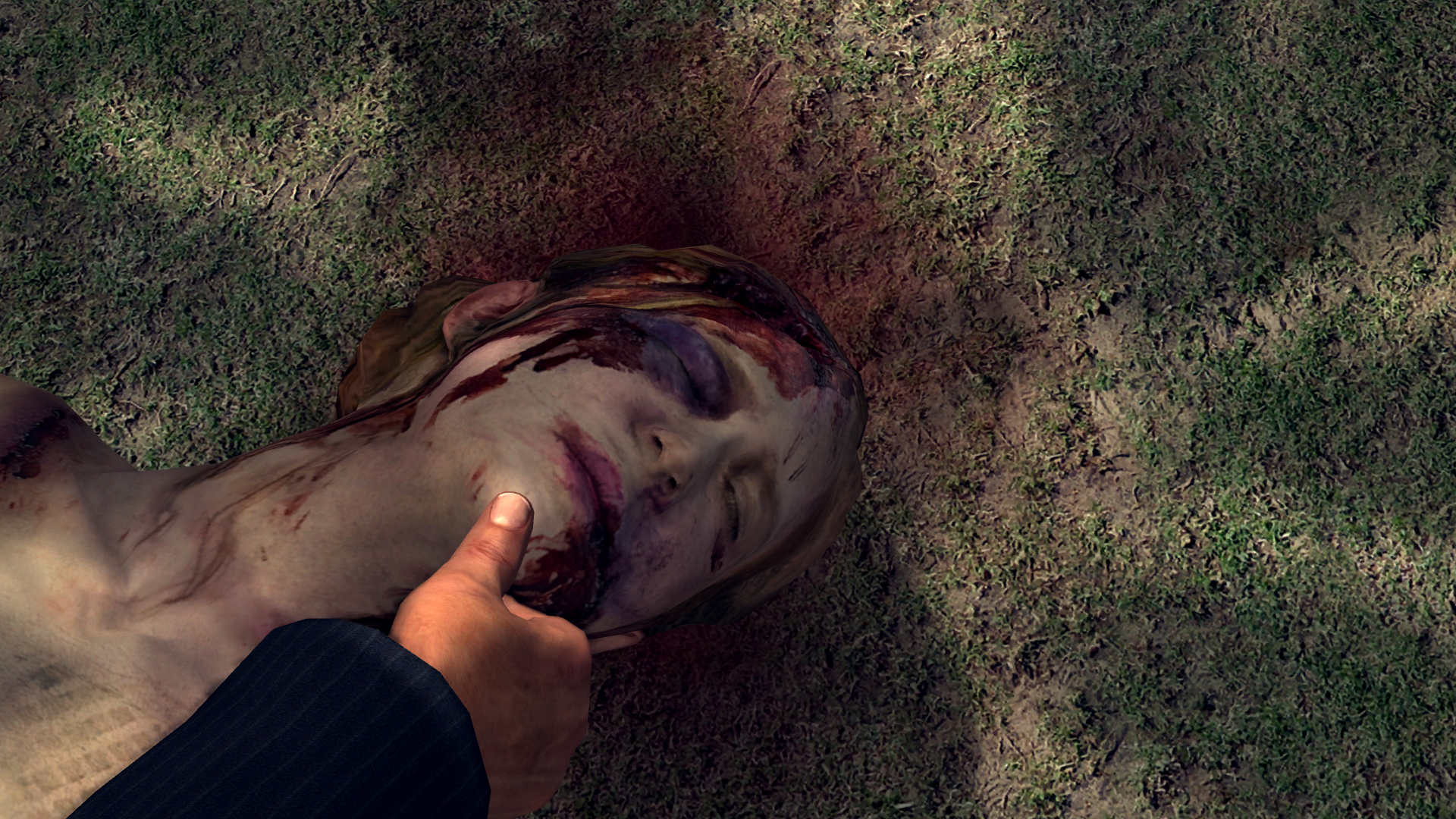
-
La Noire Review 31

-
La Noire Review 32

-
La Noire Review 33
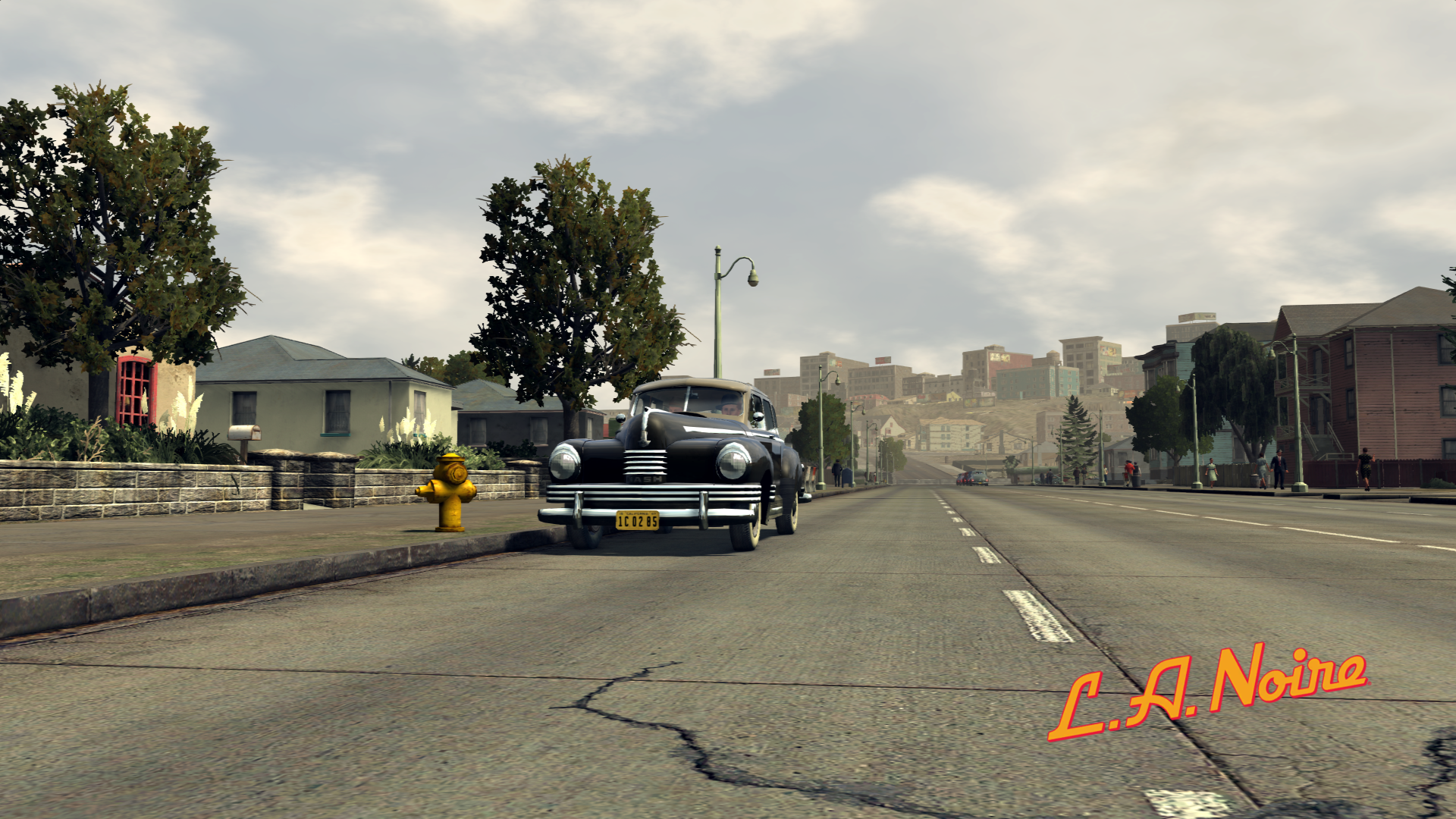
-
La Noire Review 34
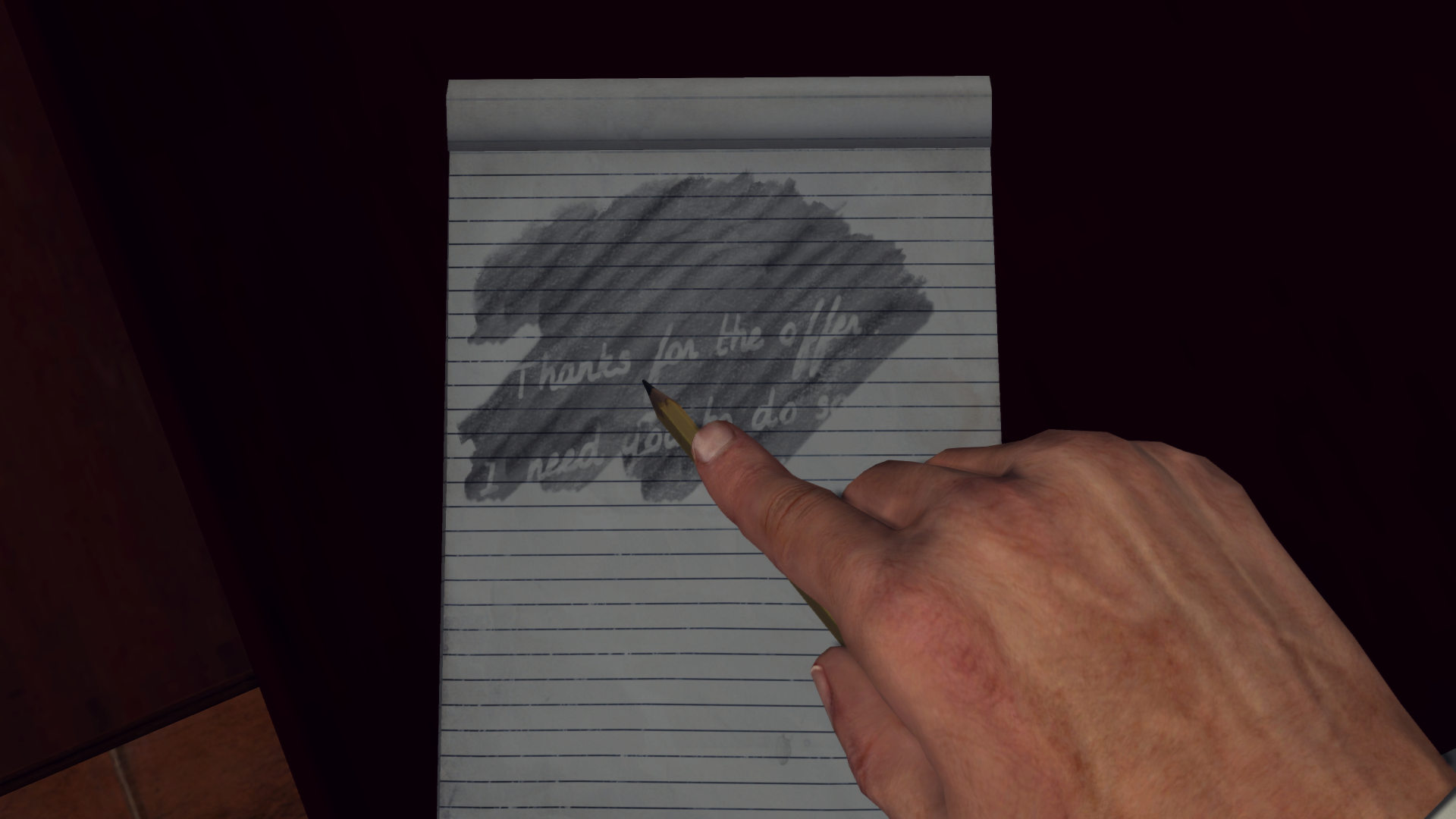
-
La Noire Review 35
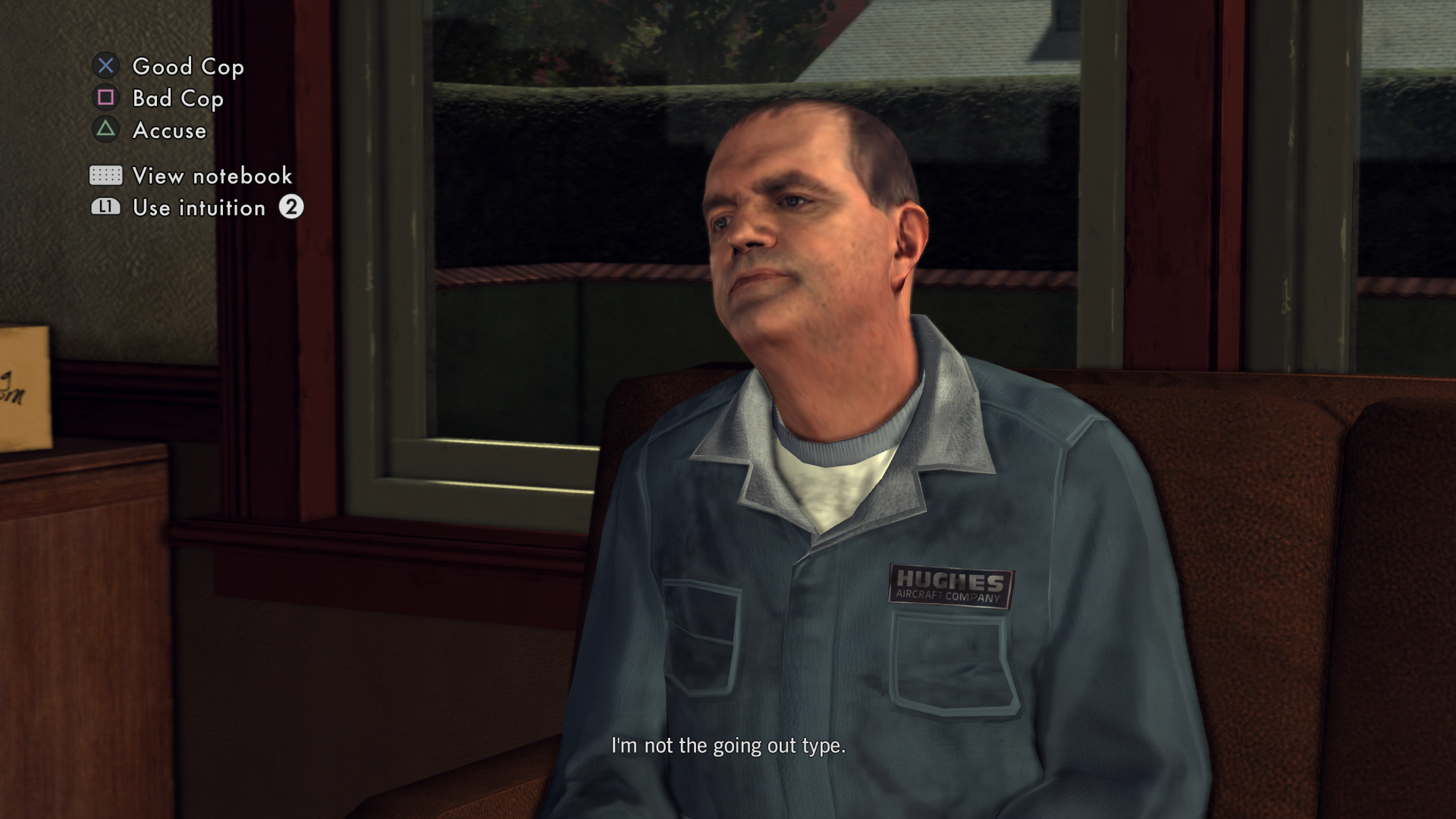
-
La Noire Review 36
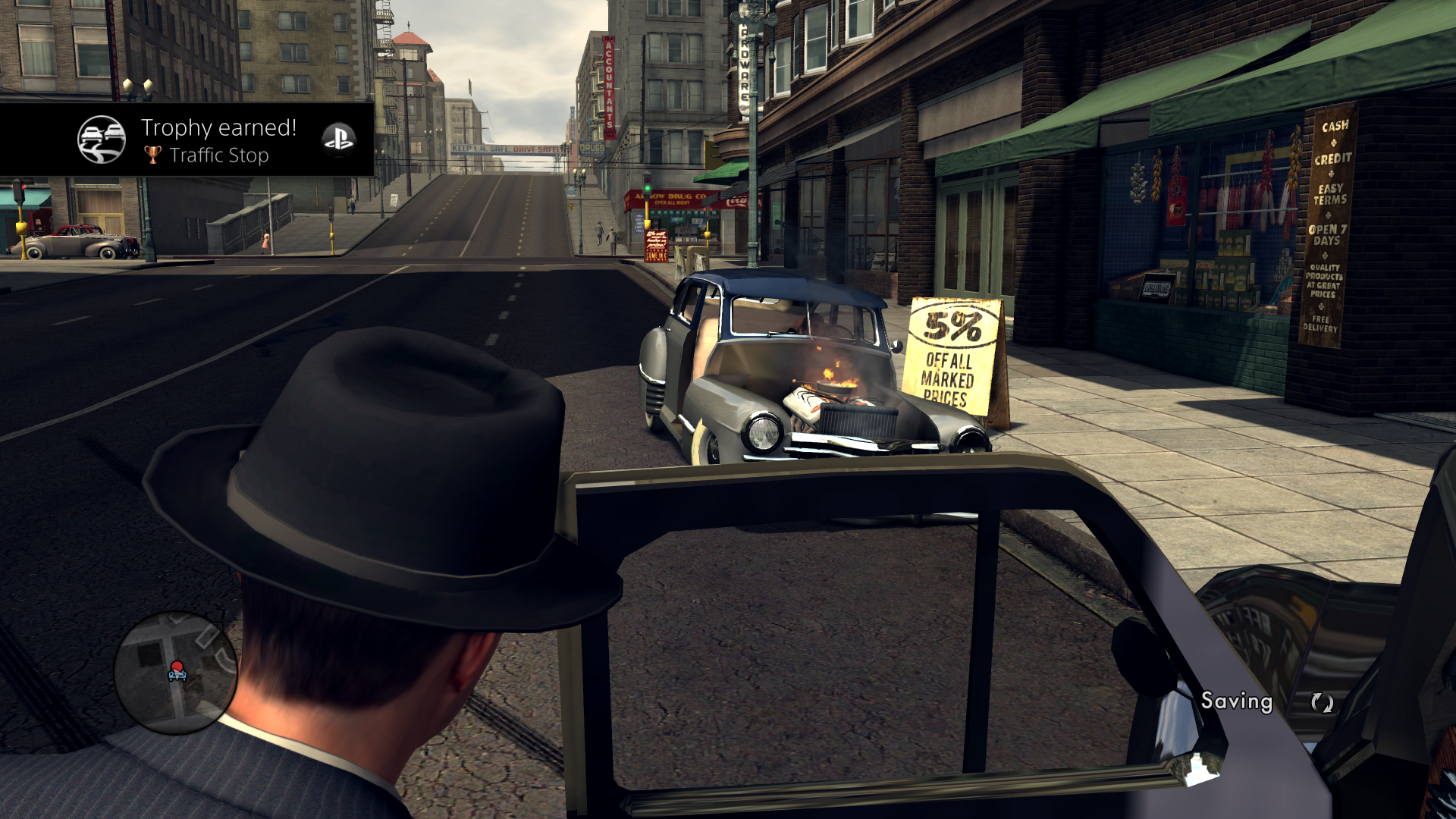
-
La Noire Review 38
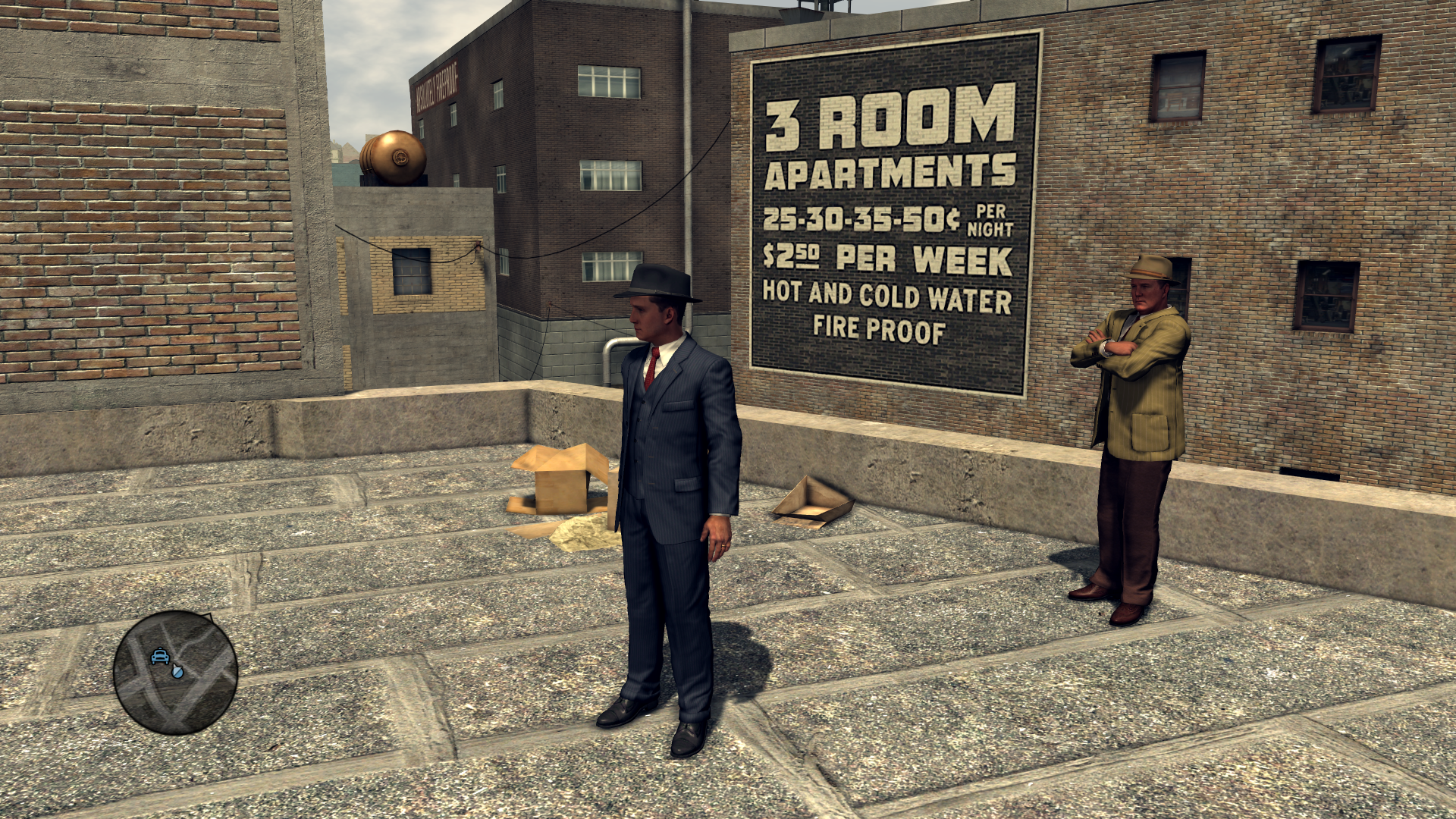
-
La Noire Review 39
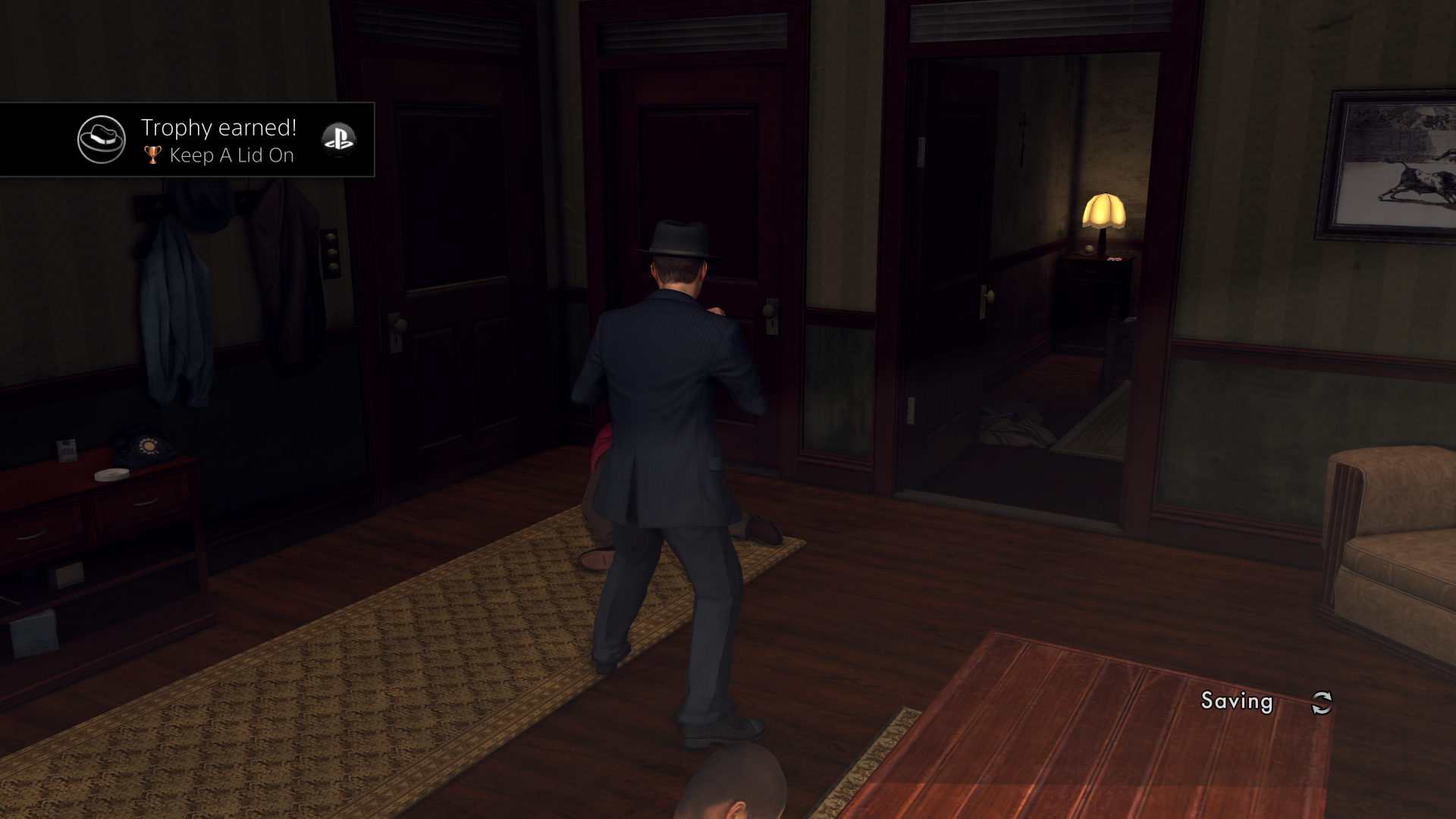
-
La Noire Review 40
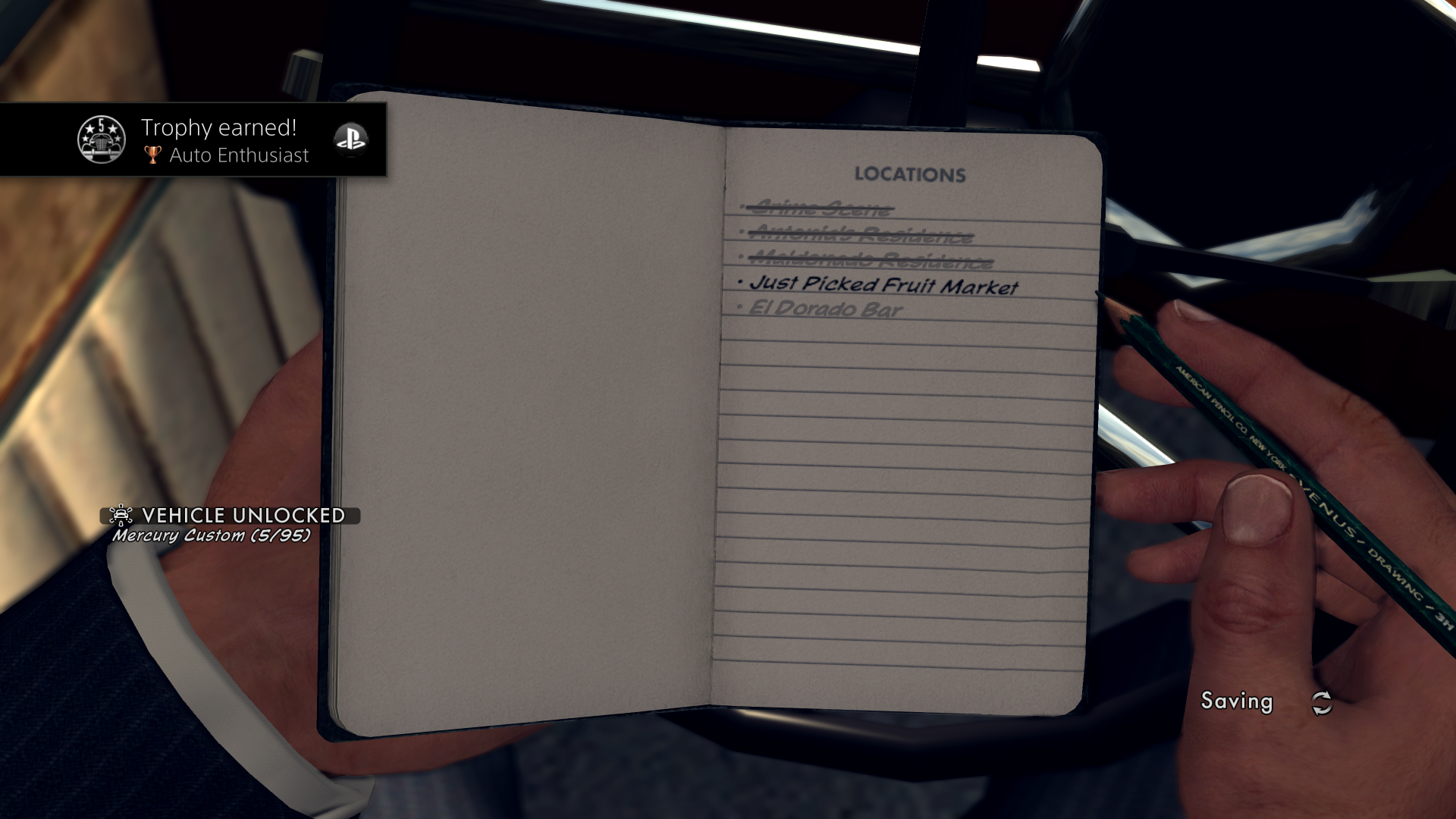
-
La Noire Review 41
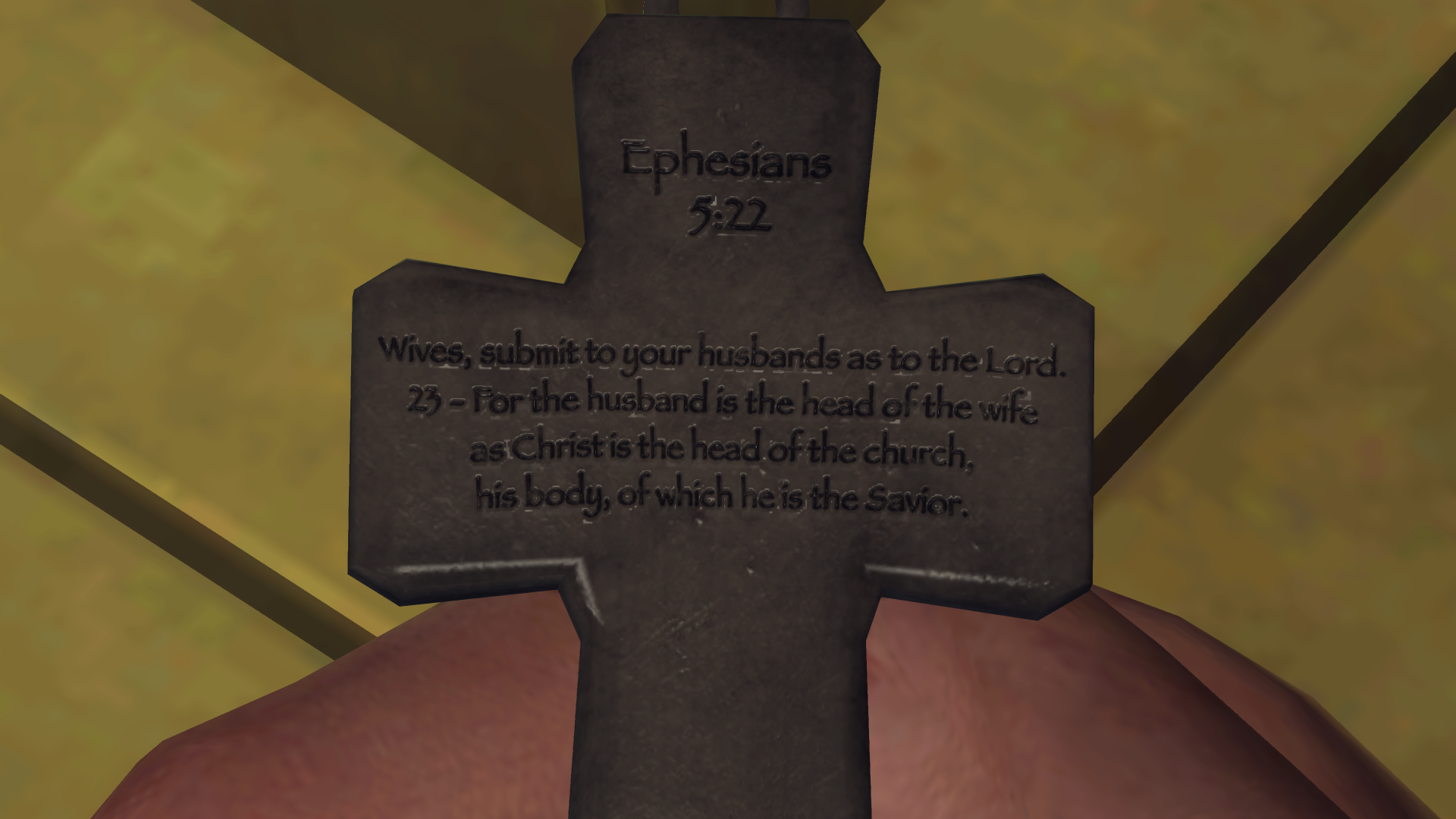
-
La Noire Review 42
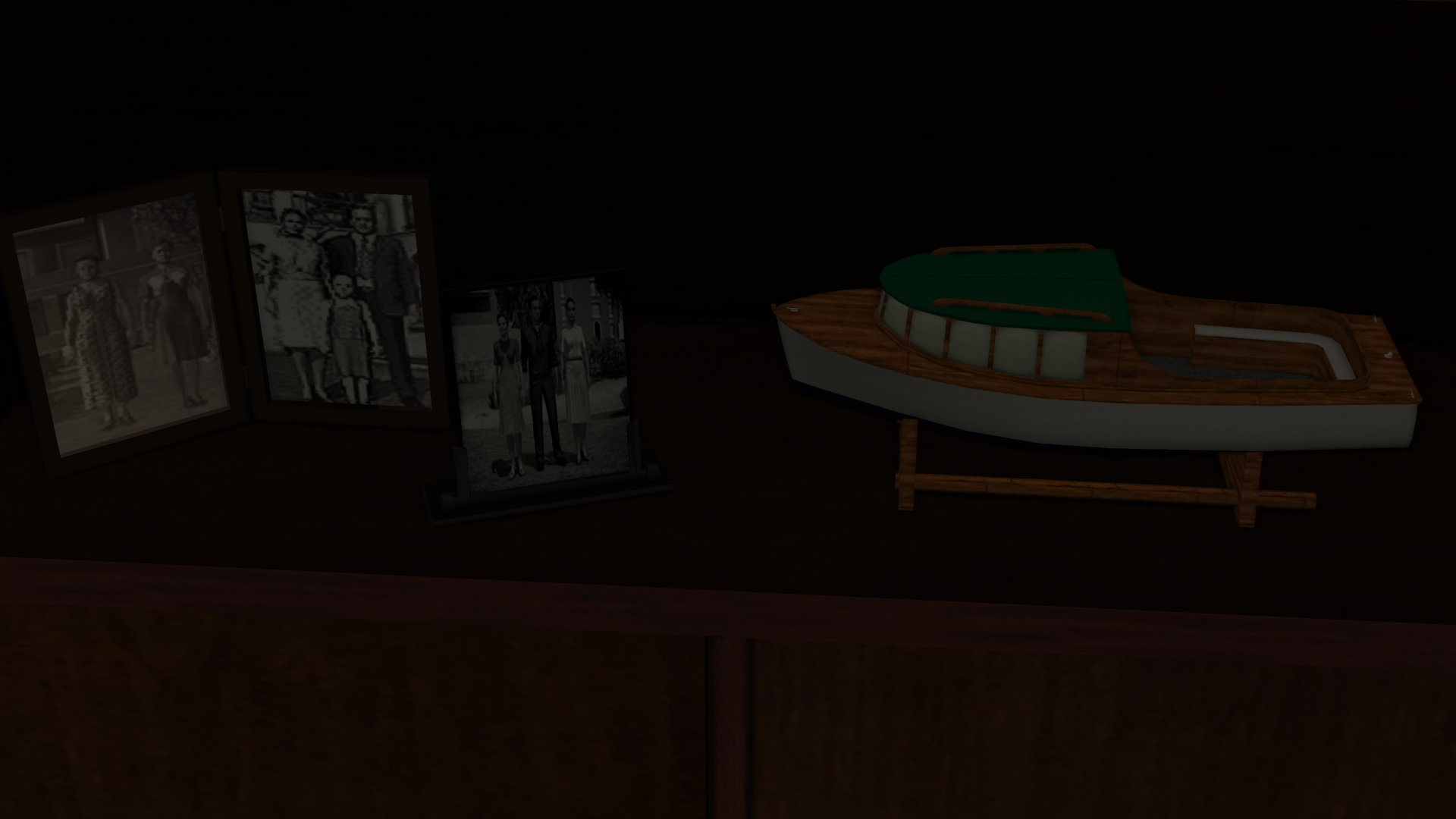
-
La Noire Review 43
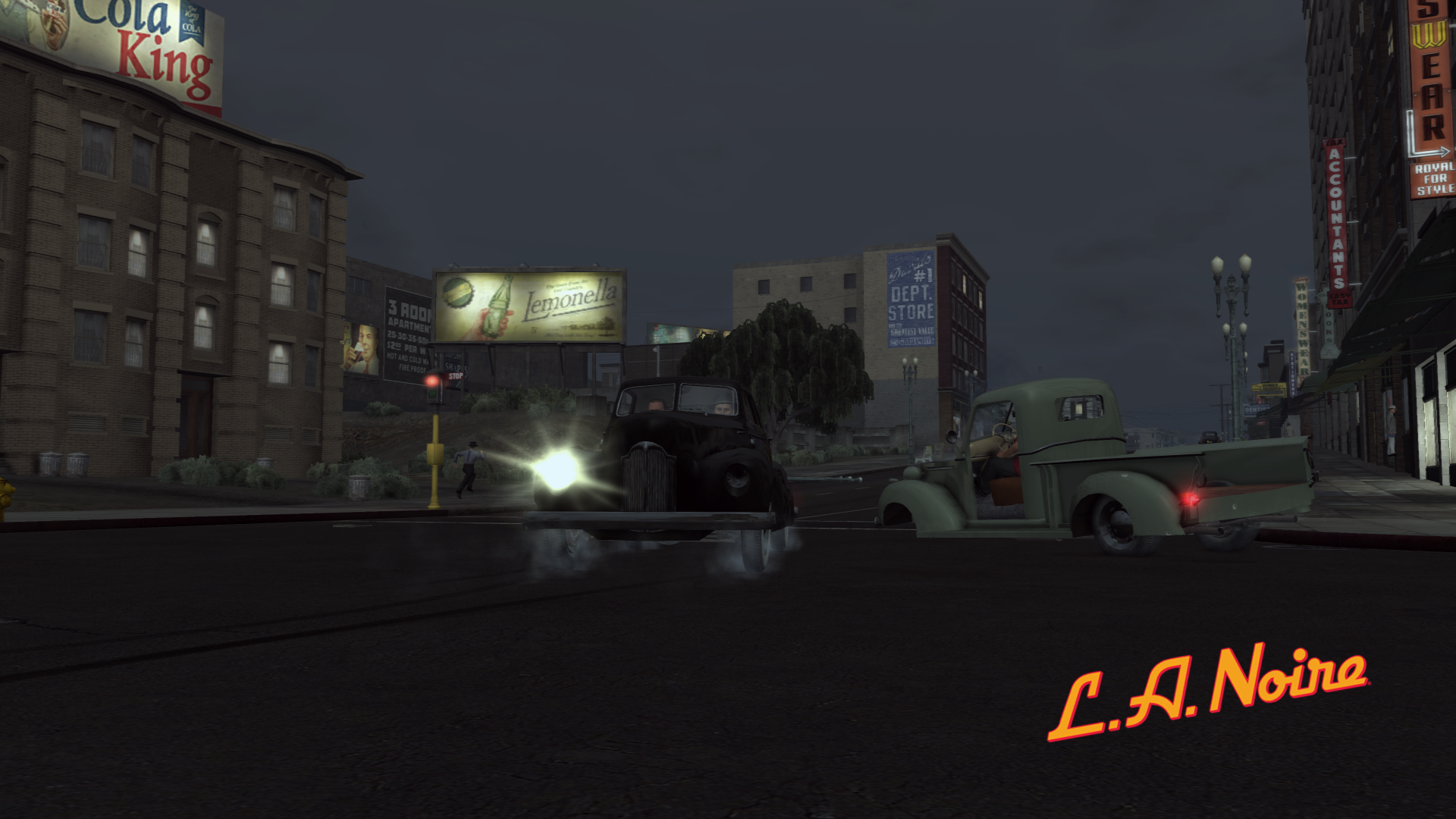
-
La Noire Review 44
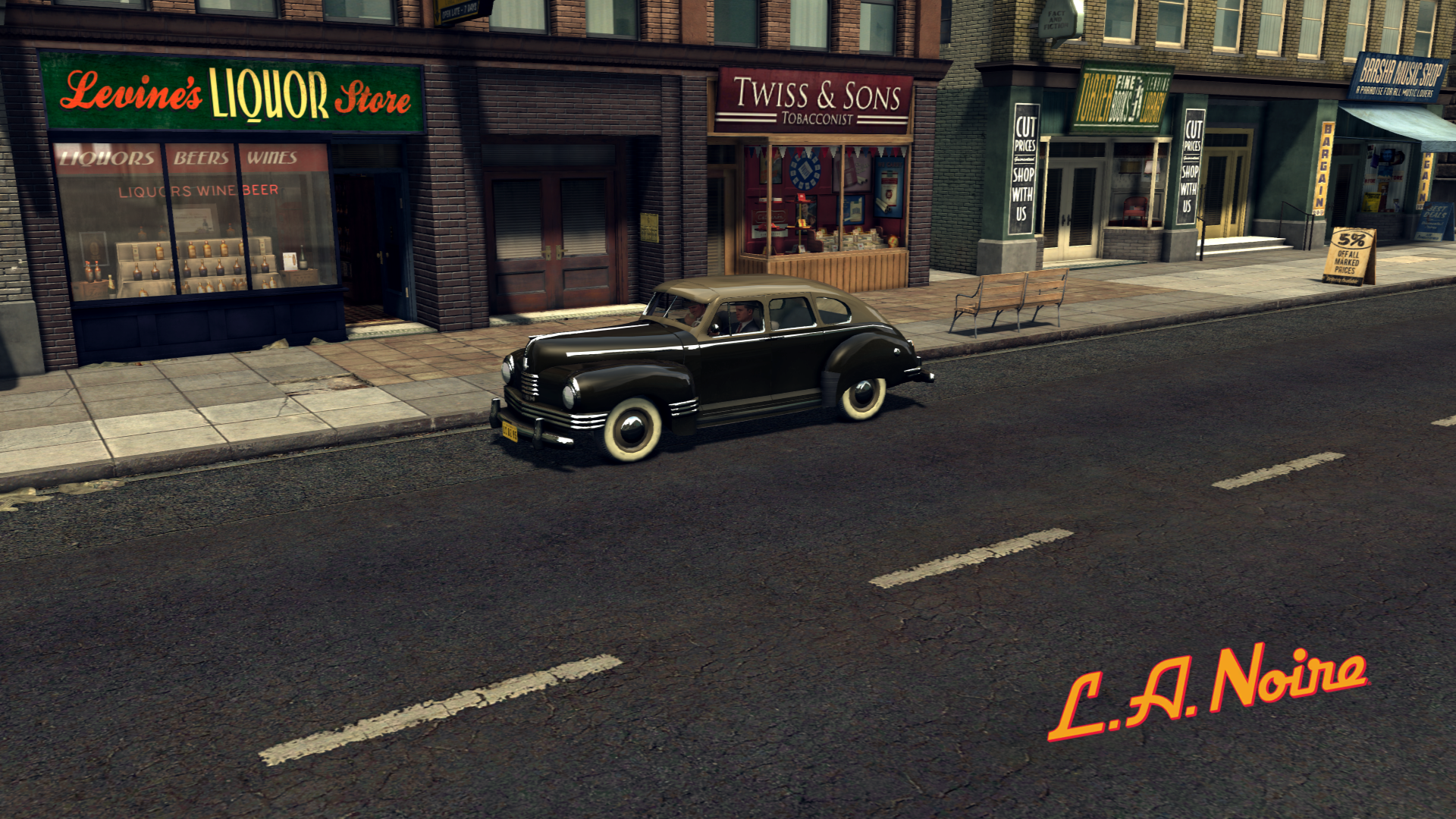
-
La Noire Review 45
